In 2021, electric cars are finally gaining sales momentum in Australia. Due to increased visibility and choice, as well as government incentives finally making their way onto the market, electric car sales have more than doubled to around 10,000 units in 2021 so far. One new automotive manufacturer to join the electric car market is Kia, which has just launched its new e-Niro SUV, which is also available either as a regular hybrid or a plug-in hybrid as well. Despite launching in Australia recently, the 2021 Kia e-Niro Sport has actually been on sale overseas since 2018.
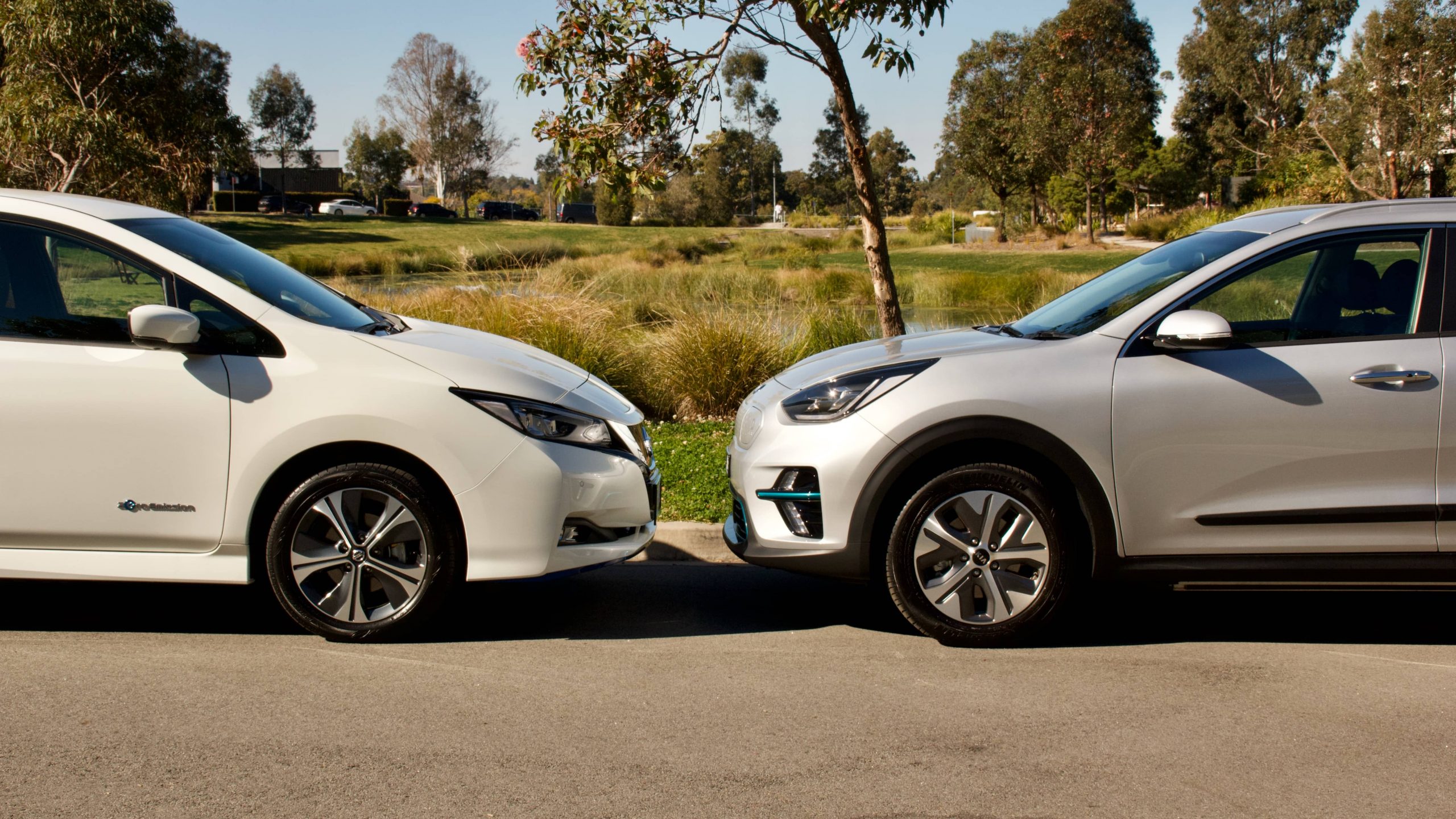
The Nissan Leaf has been around for far longer than that. Originally launched in Australia in 2011, the Leaf was the world’s first mass-produced electric vehicle and by December 2020, over 500,000 units had been sold globally. The second-generation version seen here launched globally in 2017 – though only hit Australian shores half way through 2019. So both cars aren’t new, but which is best – the 2021 Kia e-Niro Sport or the 2021 Nissan Leaf e+?
Price & Equipment:
From the beginning, both of these cars aren’t cheap – as electric vehicles traditionally have been in Australia. Despite a new-generation e-Niro being due next year, Kia has launched the e-Niro in two specs: the entry S and the Sport we tested here, which is priced at $70,990 drive away. Nissan has two specs of Leaf in Australia as well – the entry-level Leaf and the top-spec e+, which is priced at $64,990 drive away, which is a full $6,000 less than the e-Niro Sport.
2021 Kia e-Niro Sport 2021 Nissan Leaf e+
Shared standard equipment between the two cars includes LED lighting with LED daytime running lights, auto lights and wipers, single-zone climate control, a leather-wrapped steering wheel, leather upholstery (the Leaf’s also features suede), touchscreens with wired Apple CarPlay and Android Auto, digital radio, inbuilt satellite navigation, keyless entry and start, heated and auto-folding mirrors, 17-inch alloy wheels with eco tyres, auto-dimming rear mirrors, drive mode selection, rear privacy glass, front and rear fog lights, chrome door handles, premium sound systems (the e-Niro features an eight-speaker JBL system while the Leaf uses a seven-speaker Bose system) and adjustable battery regenerative braking modes.
Safety kit includes six airbags, auto emergency braking (AEB) with pedestrian detection, lane keep assist with lane departure warning and lane trace assist, adaptive cruise control with stop and go functionality, blind-spot monitoring with rear cross-traffic alert, rear parking sensors, a reversing camera, auto high beam and traffic sign recognition.
The e-Niro Sport adds a 10-way electrically adjustable driver’s seat, a driver’s knee airbag, a larger 10.25-inch touchscreen, a rear centre arm rest, rear air vents, roof rails, a fully-digital driver’s display, cyclist detection for the AEB system, rear occupant alert and a reach-adjustable steering rack.
But the Nissan adds heated front seats, a heated rear seat, a 360-degree parking camera, front parking sensors and a type-two charging cable that allows owners to access public charging points.
2021 Nissan Leaf e+ 2021 Kia e-Niro Sport
Is the e-Niro worth the extra $6,000 outlay on top of the Leaf e+? We don’t think so – yes, the Leaf should have a reach-adjustable steering rack, as well as rear vents and so on, but the e-Niro Sport doesn’t add enough over the Leaf e+ to justify the extra cost. A win for the Nissan, but will the Kia come back with its improved range?
Performance & Range:
Both the Leaf e+ and e-Niro Sport feature lithium-ion battery packs which power electric motors sending power solely to the front wheels. Both have similar battery sizing – the e-Niro’s is just larger than the Leaf e+’s at 64kWh versus 62kWh. The e-Niro’s 150kW/395Nm electric motor offers similar outputs to the Leaf e+ – the Nissan has 10 kW more at 160kW, though 55Nm less torque at 340Nm. While Australia gets the e-Niro in just one powertrain form, the Leaf e+ offers 50kW/20Nm more grunt than the entry-level Leaf.
2021 Nissan Leaf e+ 2021 Kia e-Niro Sport
Dimensionally, the Leaf and e-Niro are similar – that’s despite the Leaf being labelled a hatchback and the e-Niro and SUV. At 4,375mm long, 1,805mm wide, 1,570mm high and with a wheelbase of 2,700mm, the e-Niro is 115mm longer, 17mm thinner, just 30mm taller and sits on an identical wheelbase to the Leaf. The e-Niro’s 1,791kg tare mass is 55kg heavier than the Leaf e+.
Despite a heavier weight, the e-Niro’s slightly larger battery pack unlocks a longer driving range to the Leaf e+ – the Kia’s 455km WLTP range is 70km further than the Leaf e+. We found the WLTP range estimates to be fairly accurate – we travelled 370km in the Leaf and 434km in the e-Niro. Both cars are capable of using up to 100kW DC fast charging stations. They can be charged from 0 to 80 per cent in as little as 54 minutes. The Leaf can be charged from 0 to 80 per cent in as little as 90 minutes using a 50kW charger.
Both cars have switchable regenerative braking to help put charge back into the battery, while the Leaf has Nissan’s ‘e-pedal’ system. Essentially this means the car can be driven with just the accelerator. When you lift off, the Leaf slows to a stop using regenerative braking. Officially, the e-Niro claims that it’ll use 15.9kWh/100km and the Leaf claims a hungrier 18kWh/100km, which is what allows the Kia to get a higher overall driving range. This is in the ballpark of other EVs we’ve driven such as the Hyundai Kona EV and the Hyundai Ioniq.
The Leaf also doesn’t feature liquid cooling, which allows the battery pack to get to hotter temperatures and that – particularly in Australian summers – could affect the car’s range.
The Leaf’s extra 10kW of power enables it to sprint from 0 to 100km/h slightly quicker at around 7.0 seconds – the e-Niro is just slower at 7.5 seconds. But thanks to its extra 55Nm of torque, the e-Niro feels punchier than the Leaf – not that the Leaf feels slow. Both models – as many other electric cars do – feel spritely from behind the wheel as their peak torque is available from 0km/h. Both cars are fun behind the wheel, and their bursts of acceleration can be quite surprising, leaving many conventional cars in the dust.
With the extra efficiency of the e-Niro leading to its greater range, the Kia just pips the Nissan in the drivetrain department.
Ride & Handling:
Both the 2021 Nissan Leaf e+ and the 2021 Kia e-Niro Sport is a pleasant experience that feels – unsurprisingly – just like driving a normal car. Both cars sit on platforms that are shared with ICE-powered cars and although you can feel the extra weight of the battery packs and there’s no engine noise in both cars, they feel completely normal to drive. But there are differences in the details.
Thanks to its older platform, the Nissan’s suspension layout is more dated than the Kia’s. Both feature struts up front, though the Kia’s independent rear suspension set up is more modern than the Nissan’s torsion beam. It’s this difference in suspension that gives the Kia the edge in the ride and handling stakes – its ride quality is more forgiving, its body control is superior and its steering is more naturally weighted as well for an overall more normal driving experience.
The Kia uses the same platform as the Hyundai Kona Electric, though unlike the Hyundai, it’s not locally tuned – instead, our e-Niros use the European tune and we think that it was the right choice. The Kia is dynamically promising in ways that the Nissan isn’t – its odd driving position is the start of it, while the largely feel-free steering, crashy ride quality and heavy feeling behind the wheel make the Leaf feel dated behind the wheel as well. Plus, the steering wheel doesn’t adjust for reach, which we think is a big oversight in both A) 2021 and B) a $65,000 drive away car.
The Kia’s active safety systems are more expertly tuned than the Nissan’s as well – particularly the Kia’s lane keep assist system, which feels about 20 years newer than the Nissan’s awful steering wheel vibration system. The Kia’s larger windows give better visibility to the Nissan’s, while the road noise levels are largely similar between the two.
The Kia is definitely the better-driving option out of these two cars thanks to its newer platform .
Interior & Practicality:
While the Leaf and e-Niro feel modern from behind the wheel, their interiors aren’t the latest in tech or design – in fact, the Leaf’s cabin architecture dates back to the first-generation Leaf from 2010. The Leaf’s cabin feels more dated in materials – its hard dashboard and door tops can’t be disguised by the faux leather on the doors and dashboard facia. Its switchgear – window switches, stalks, mirror controls, etc – also comes from a bygone Nissan era.
2021 Kia e-Niro Sport 2021 Nissan Leaf e+
By comparison, the Kia’s cabin feels more modern, though its Hyundai Kona Electric cousin still feels newer. The Kia’s quality is definitely superior to the Nissan – its dashboard and door tops are soft touch, while its switchgear – bar the old Sportage-style steering wheel controls – is much more modern. Everything is more heavily-weighted in use as well, which makes the Kia’s switchgear more pleasurable to use.
Both cars offer modern touchscreens with inbuilt satellite navigation – the Kia’s uses live traffic info – and wired Apple CarPlay and Android Auto, as well as digital radio. The Kia’s screen is 2.25-inches larger at 10.25-inches and its screen is also easier to use and it’s much brighter as well. It also uses a more modern fully-digital driver’s display – the Nissan’s half-analogue screen looks dated by comparison.
2021 Kia e-Niro Sport 2021 Nissan Leaf e+
Their sound systems are reasonable though – the Kia’s JBL system is slightly more powerful than the Nissan’s Bose unit. Both parking cameras are high-res, though the Nissan’s 360-degree functionality is much more useful than the Kia’s solely-rear-facing unit.
The Kia shades the Nissan in practicality as well with more storage solutions through the cabin – the door bins are larger, the centre console is far larger and more useable and the rear seat features more thoughtful touches such as a centre arm rest with cupholders and face-level vents to keep rear passengers comfortable. The available space in the rear seat – despite their identical 2,700mm long wheelbases – is superior in the Kia with more leg- and headroom on offer.
2021 Nissan Leaf e+ 2021 Kia e-Niro Sport
Both cars’ boots are reasonably-sized, though could be more useful. Measuring 405-litres, the Leaf’s boot is 46-litres smaller than the e-Niro and folding the seats down unlocks 229L more in the Kia than the Leaf (1,405L versus 1,176L). Folding the seats down in both cars shows a large ridge – in the Leaf, it’s huge – between the boot floor and seats, and neither car features a spare wheel.
Inside, its a clear with for the Kia with its more quality interior and vastly better practicality.
Service & Warranty:
As with their ICE-powered siblings, the Kia’s seven-year/unlimited km warranty shades Nissan’s five-year/unlimited km equivalent – the Nissan includes roadside assistance for five years up front, while you can unlock up to eight years with the Kia if you service with a Kia dealership. Kia’s battery warranty lasts for seven year/150,000km – Nissan covers its battery for a longer eight years/160,000km.
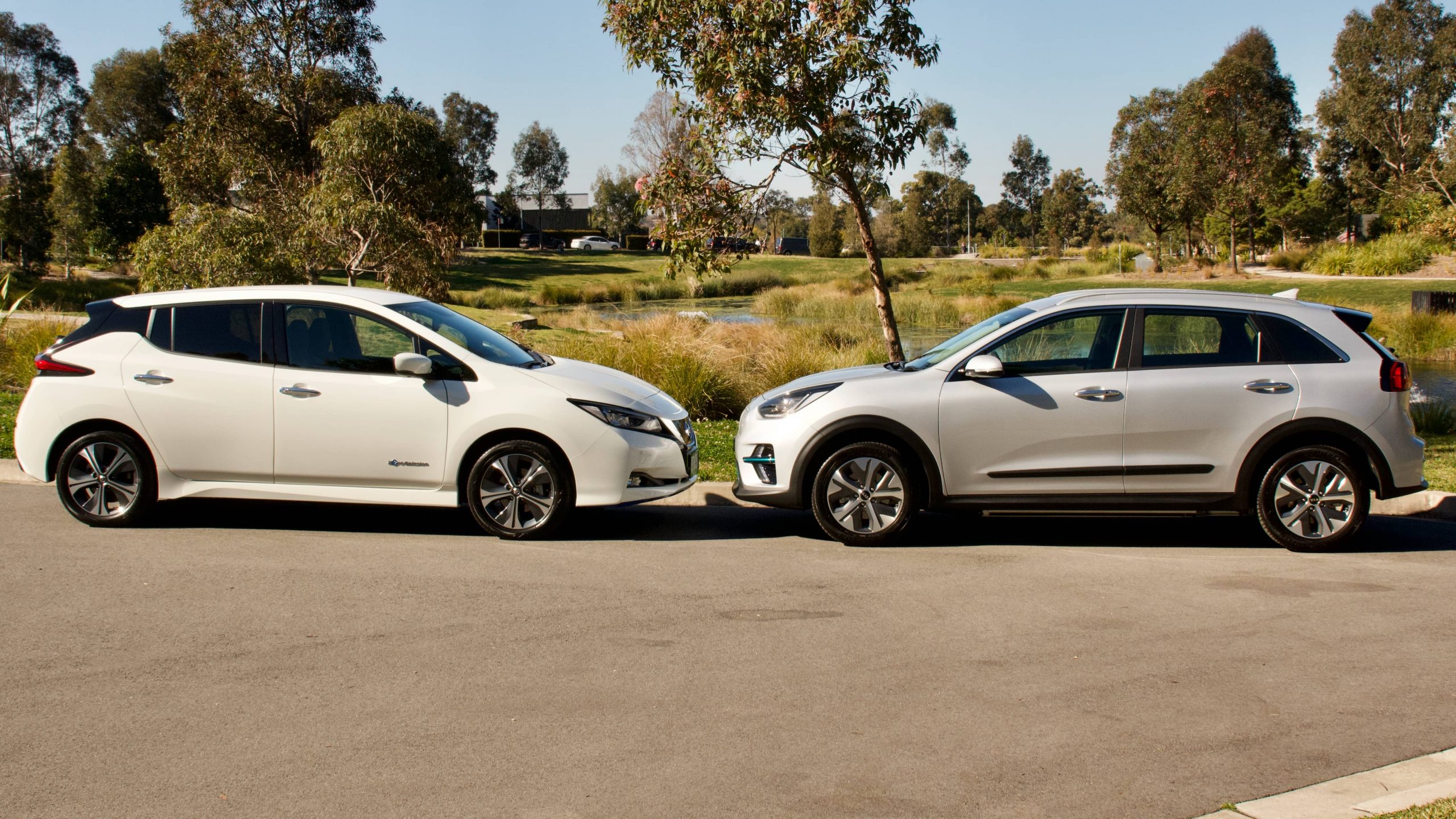
Servicing intervals also go towards the Leaf as it only requires servicing every 20,000km (or yearly, whichever comes first) – 5,000km longer than the Niro. Five years of servicing for the e-Niro costs $1,728 ($345 per service), while with Nissan it’s $1,413 ($282 per year). Not only is the Leaf cheaper to maintain, but it can travel 5,000km further between services.
Kia’s seven year warranty is excellent and is industry leading, though its battery warranty is shaded by the Nissan’s eight year coverage. Add in longer service intervals and a cheaper service cost and the Nissan wins the service and warranty section.
Which EV is best – 2021 Kia e-Niro Sport or 2021 Nissan Leaf e+?
We think that both the 2021 Nissan Leaf e+ and 2021 Kia e-Niro Sport are worthy additions to the Australian new car market with their mix of equipment, comfort, practicality, range, performance and pleasant driving experiences. While they’re not cheap – in comparison to ICE-powered equivalents – and probably should be cheaper, the level of engineering involved in both is excellent. But our money would go to the e-Niro Sport in this comparison.
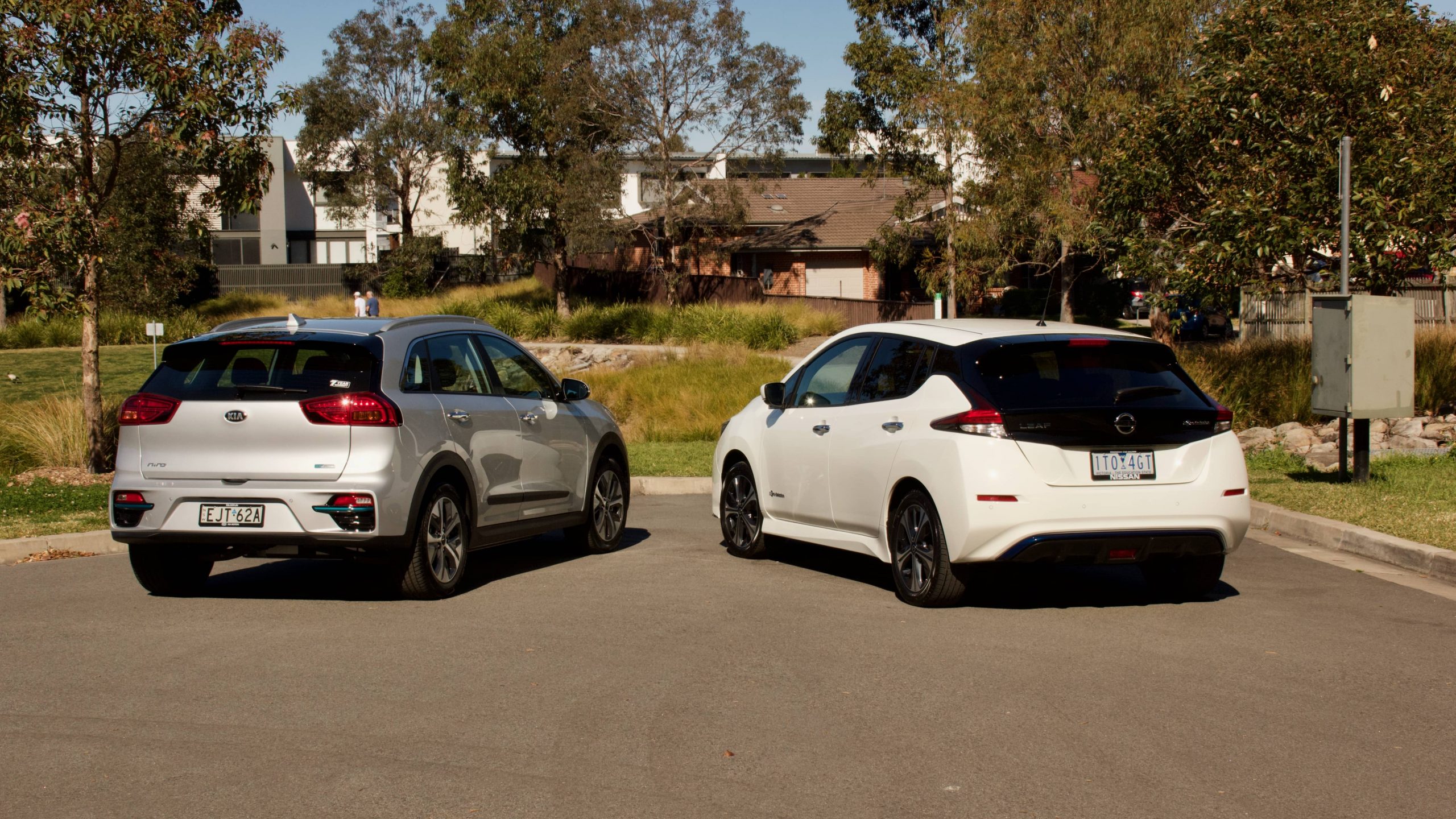
Of course, the Kia is priced $6,000 more than the Nissan – and that’s on top of its $65,000 drive away price to begin with – but we think that’s money well spent as the Kia not only feels more modern, but it’s more polished, offers more driving range, quicker charging, a larger boot and a higher quality cabin. Sure, the Kia costs more to maintain than the Nissan and there’s an all-new Niro due in Australia next year, but for now, Kia’s first fully-electric vehicle is a solid choice for Australians looking to make the switch to electric power.
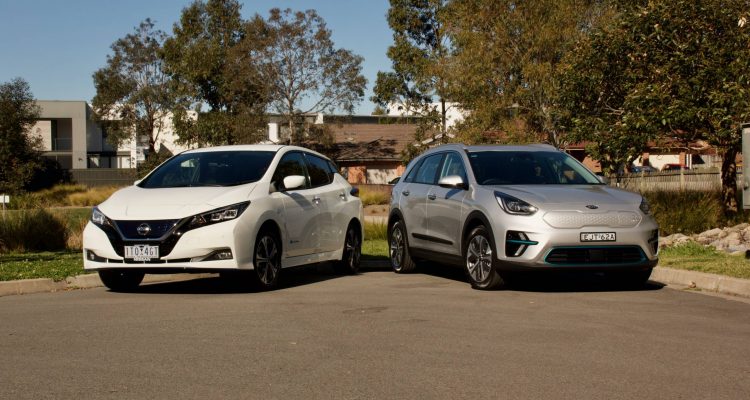
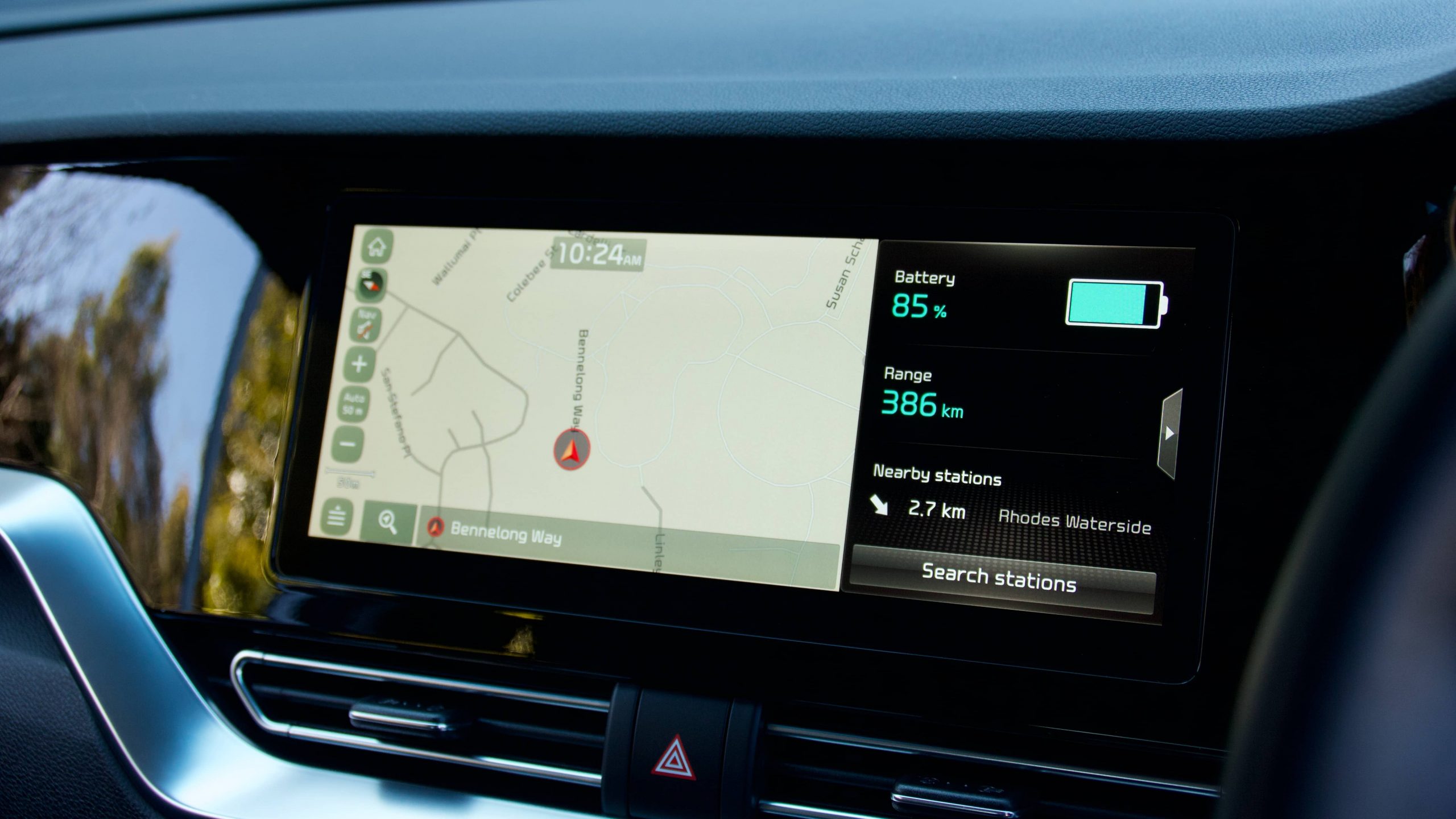
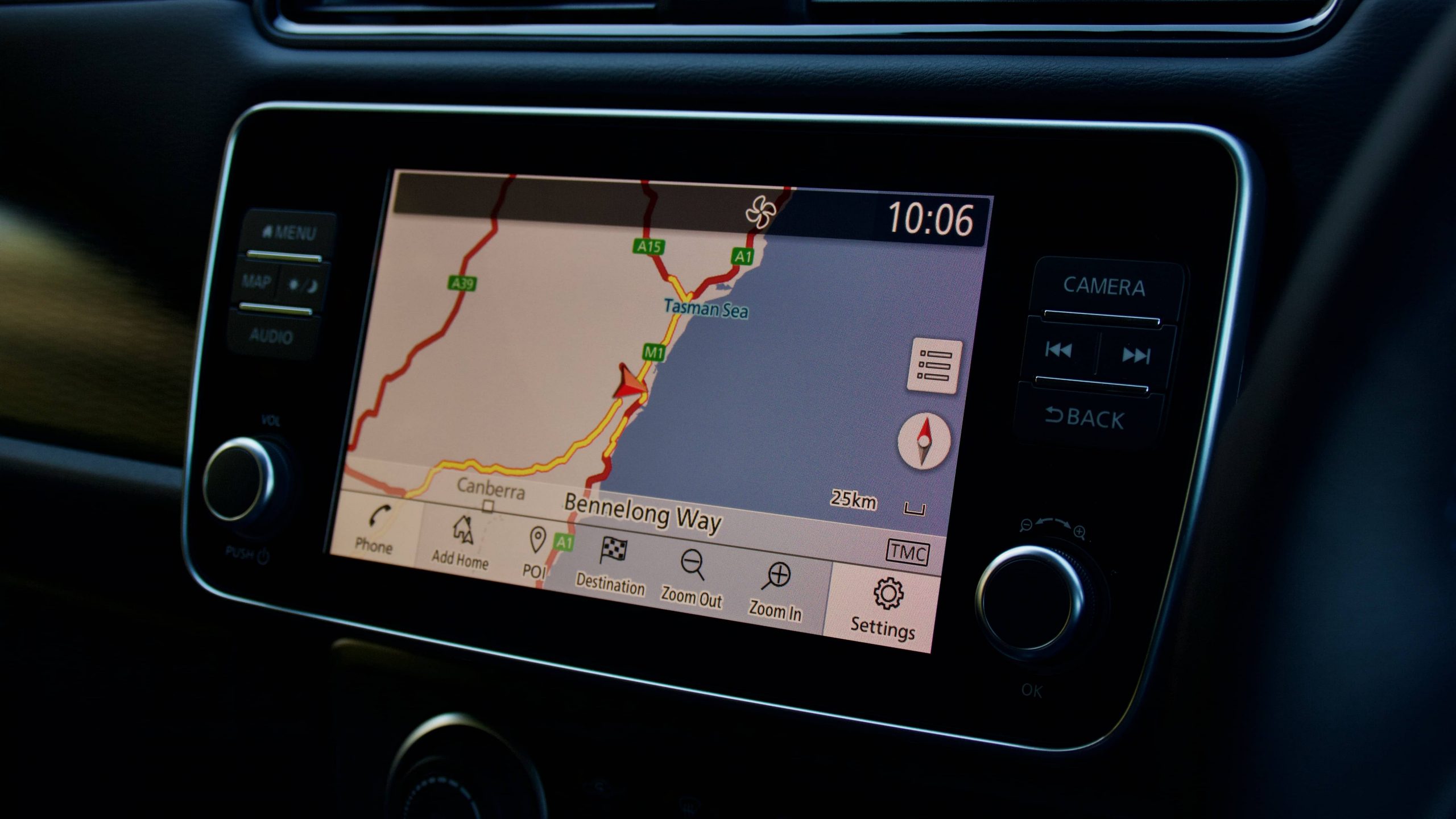
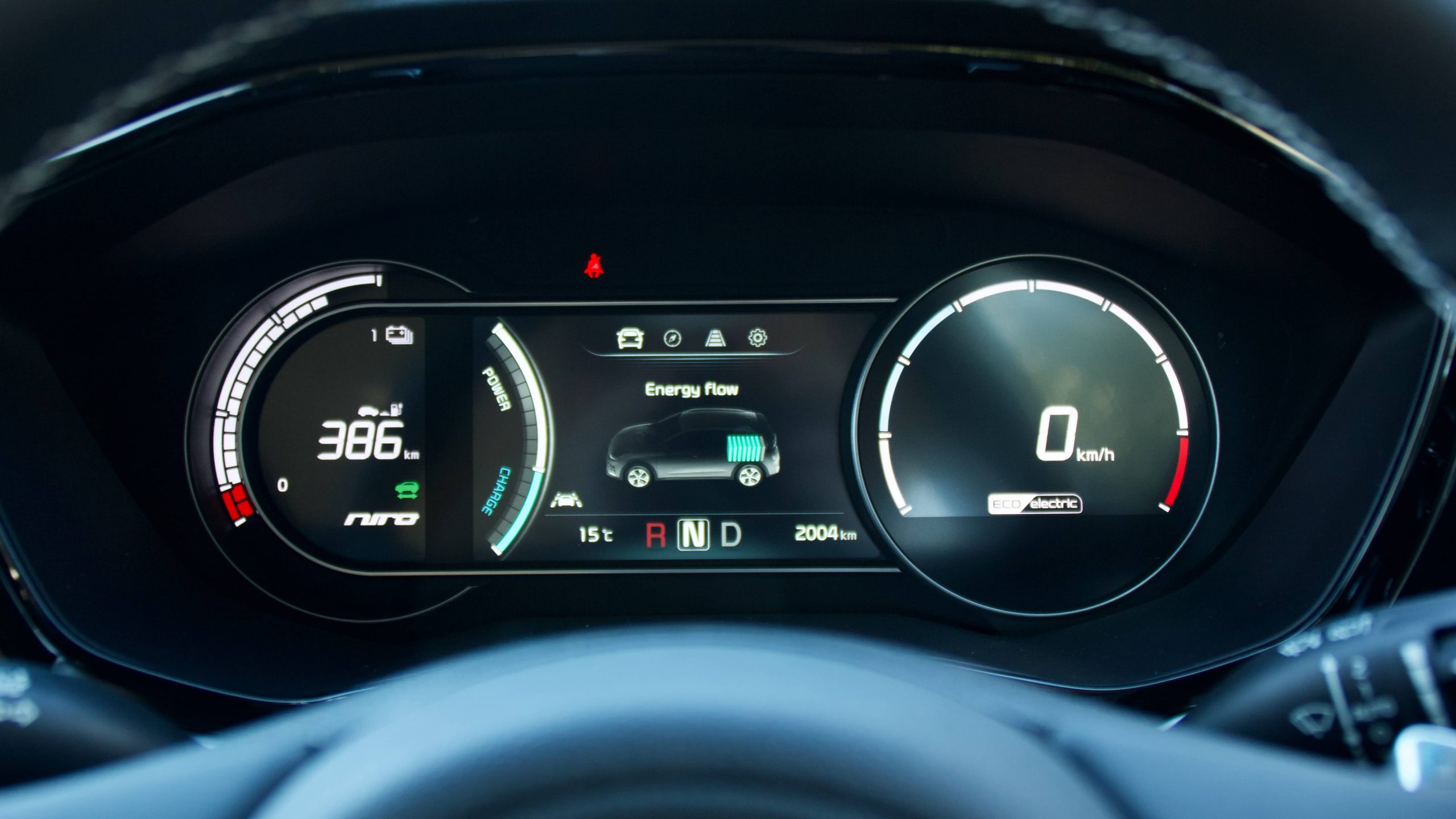
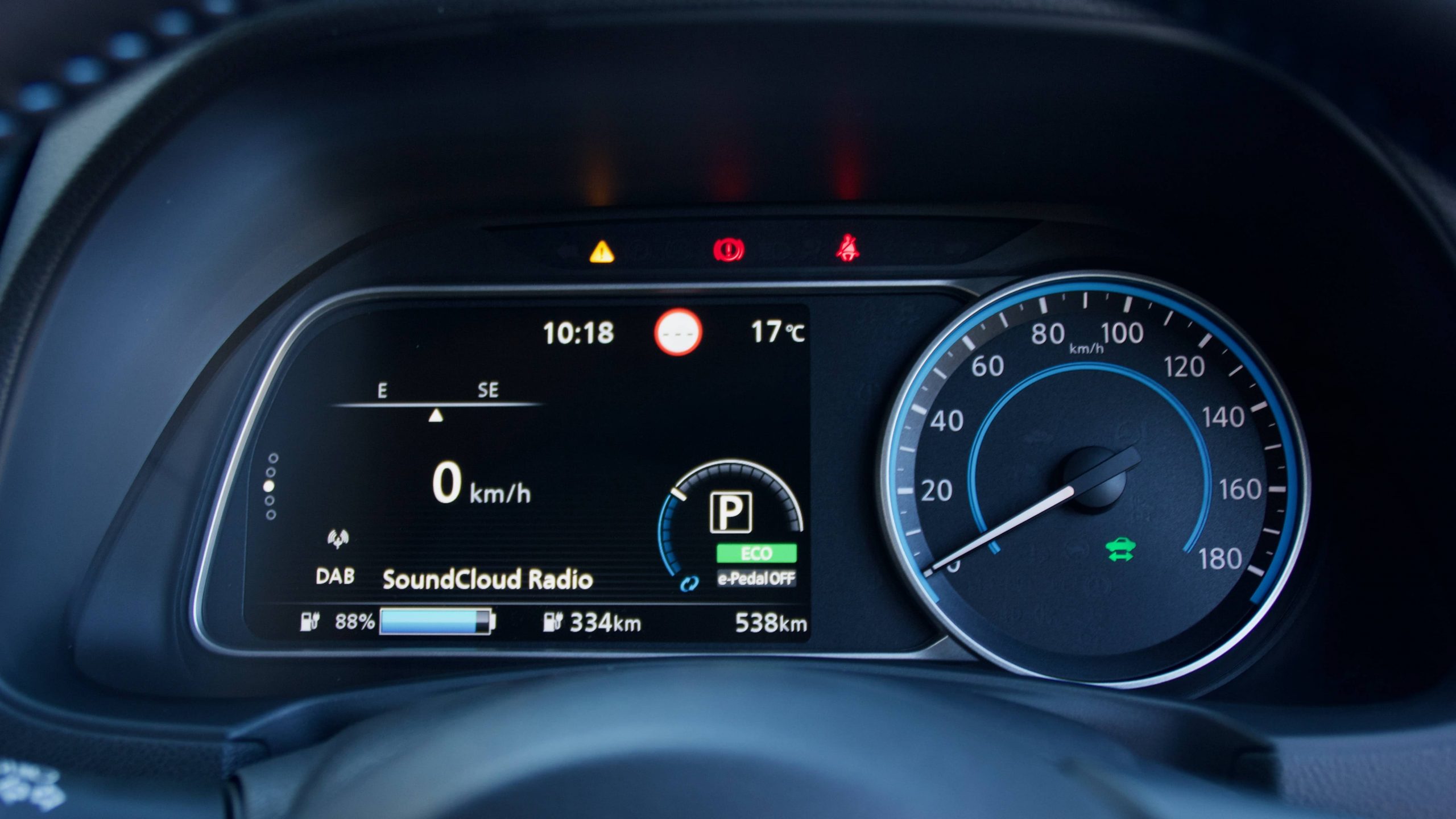

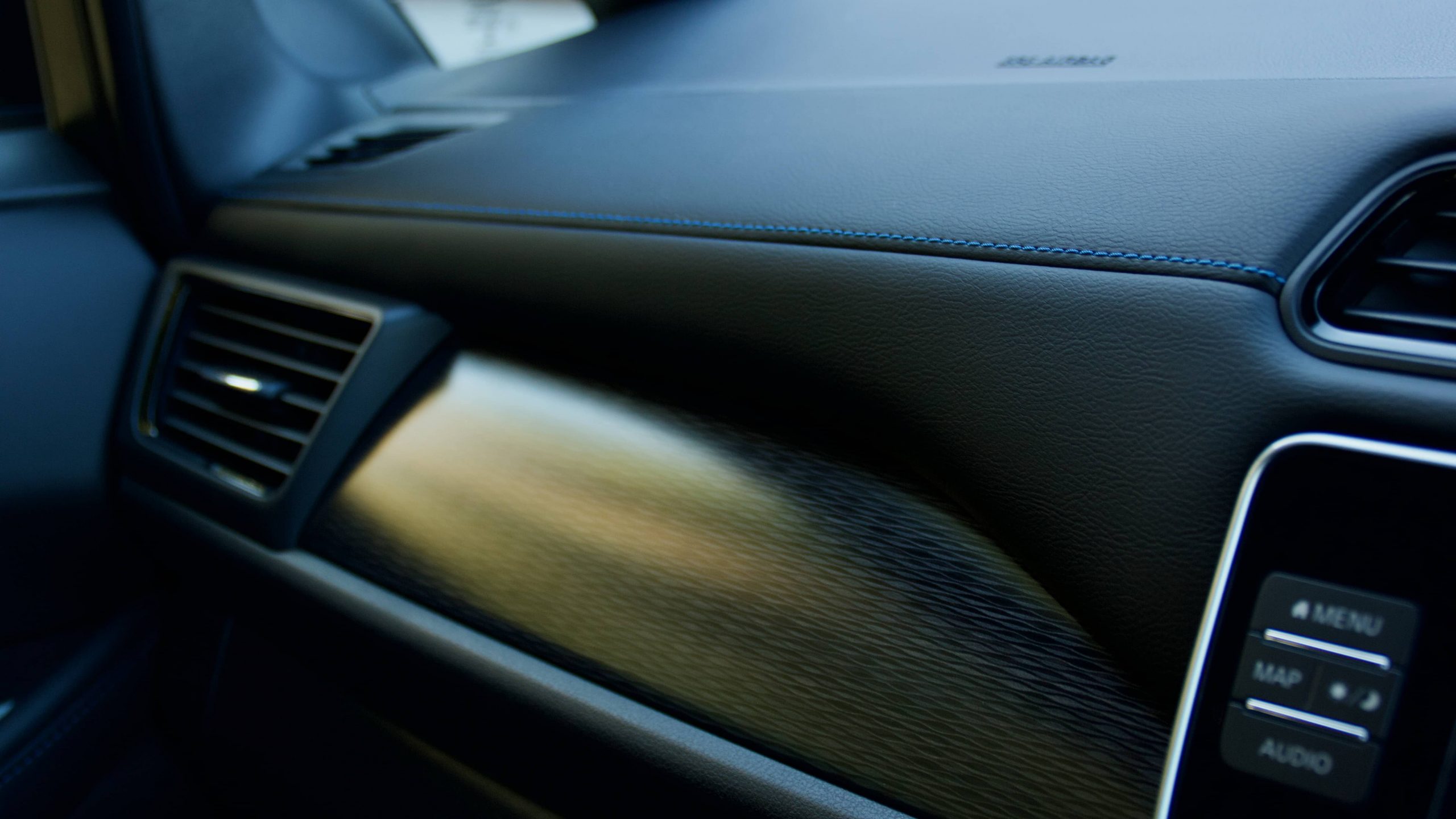
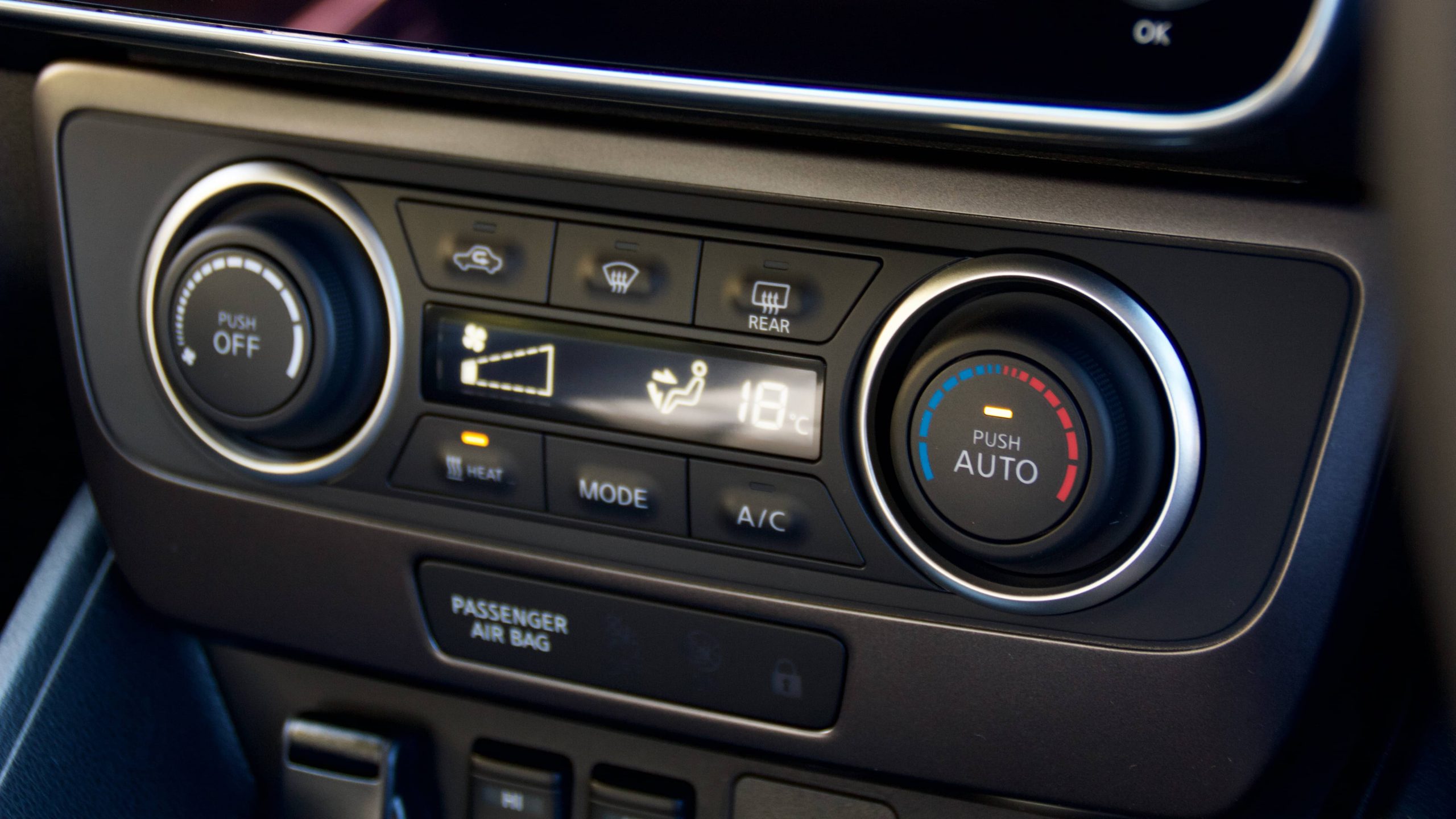
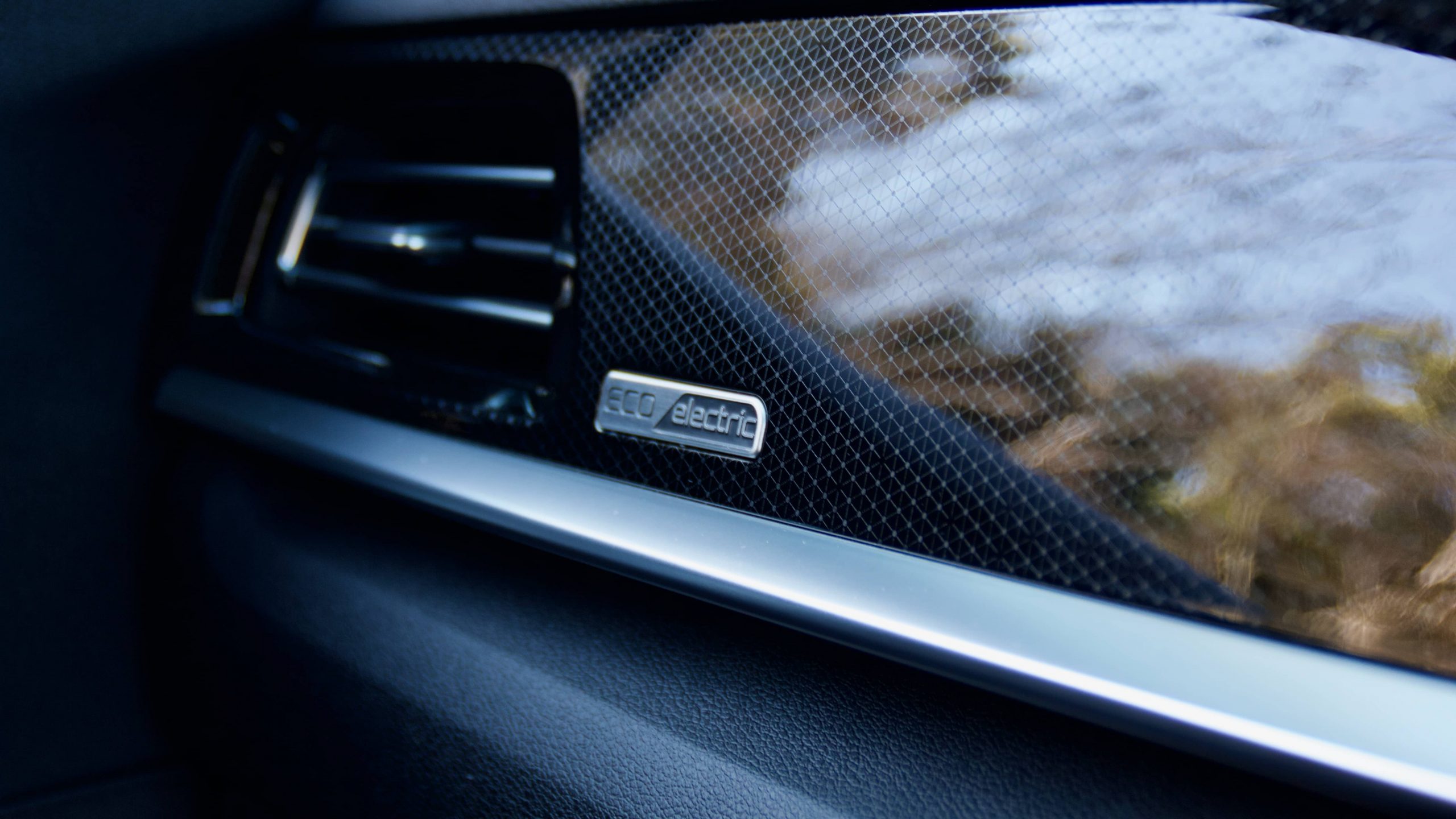
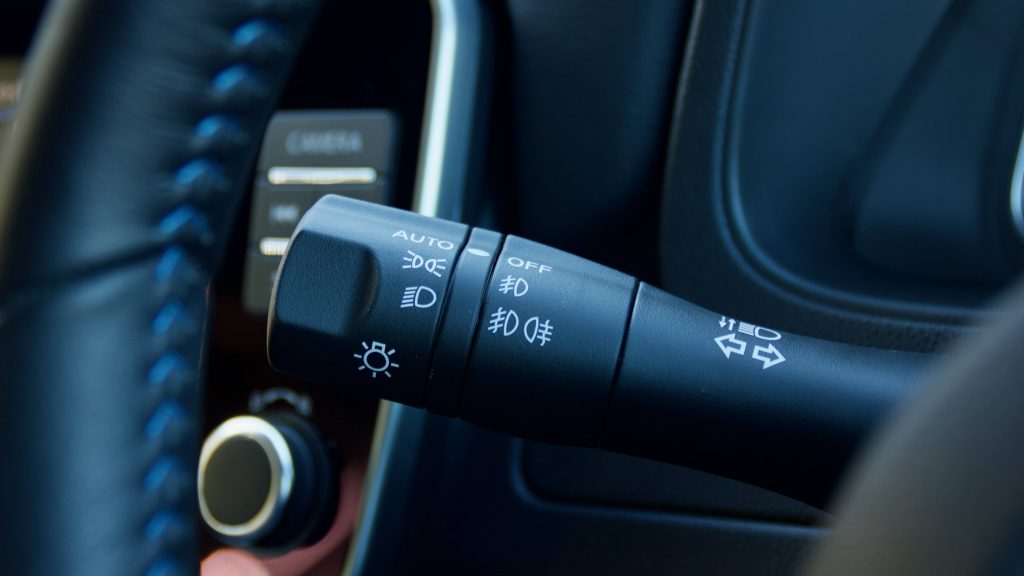
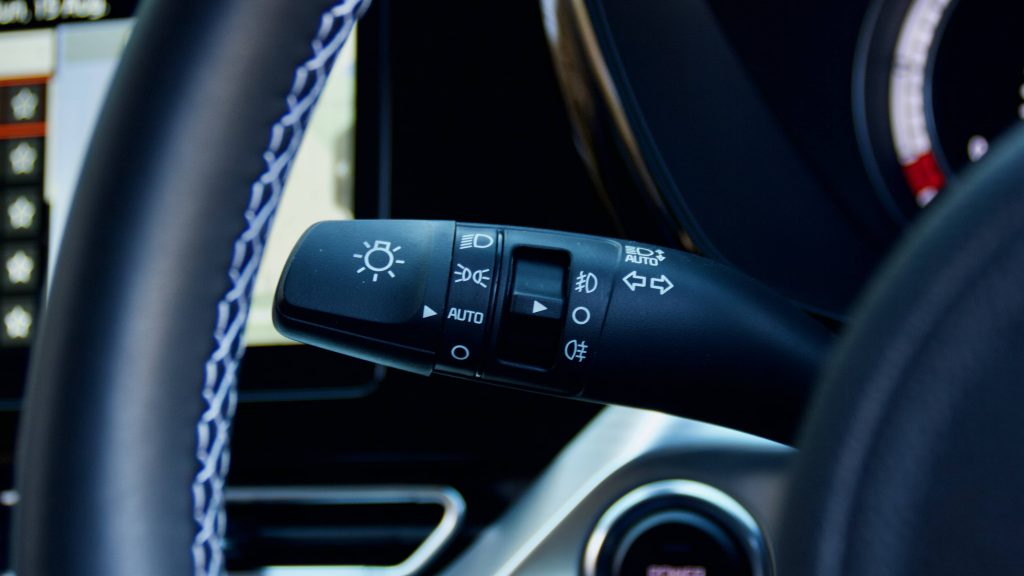
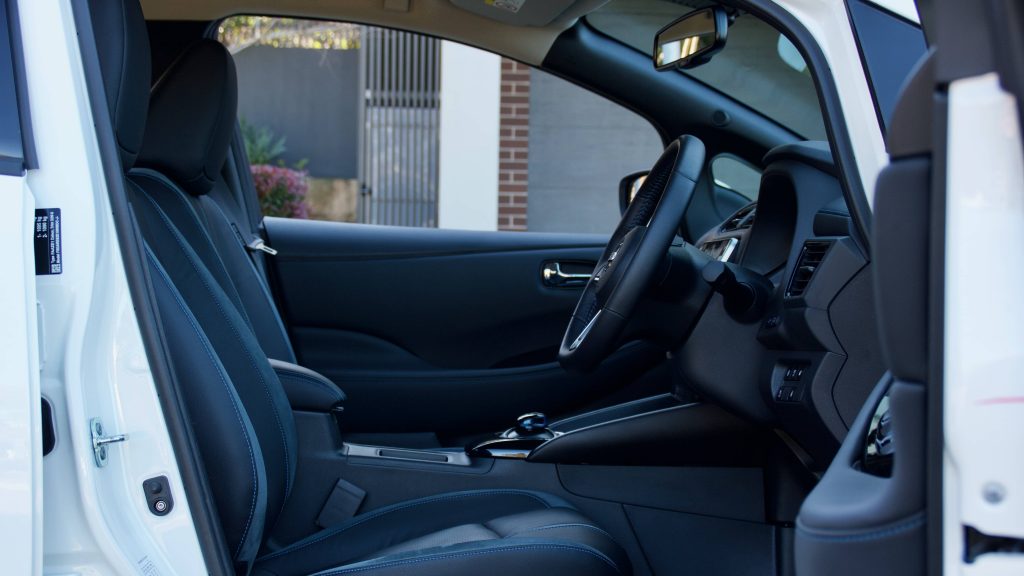
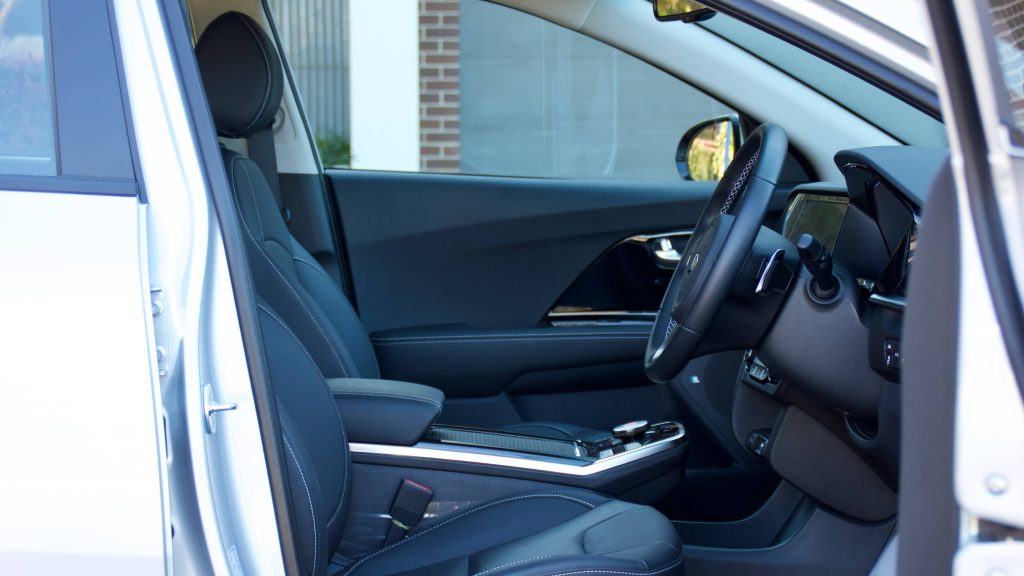
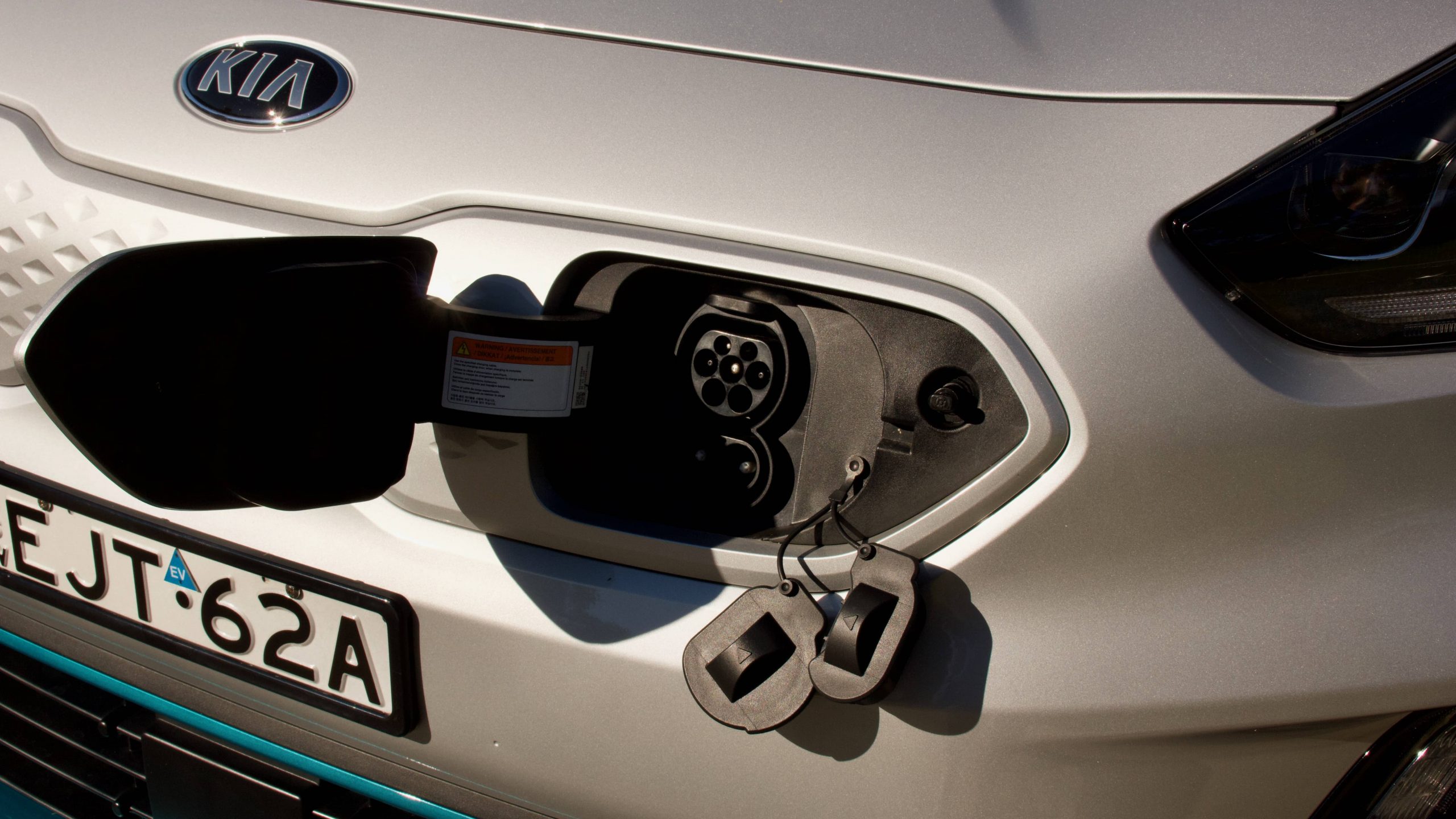
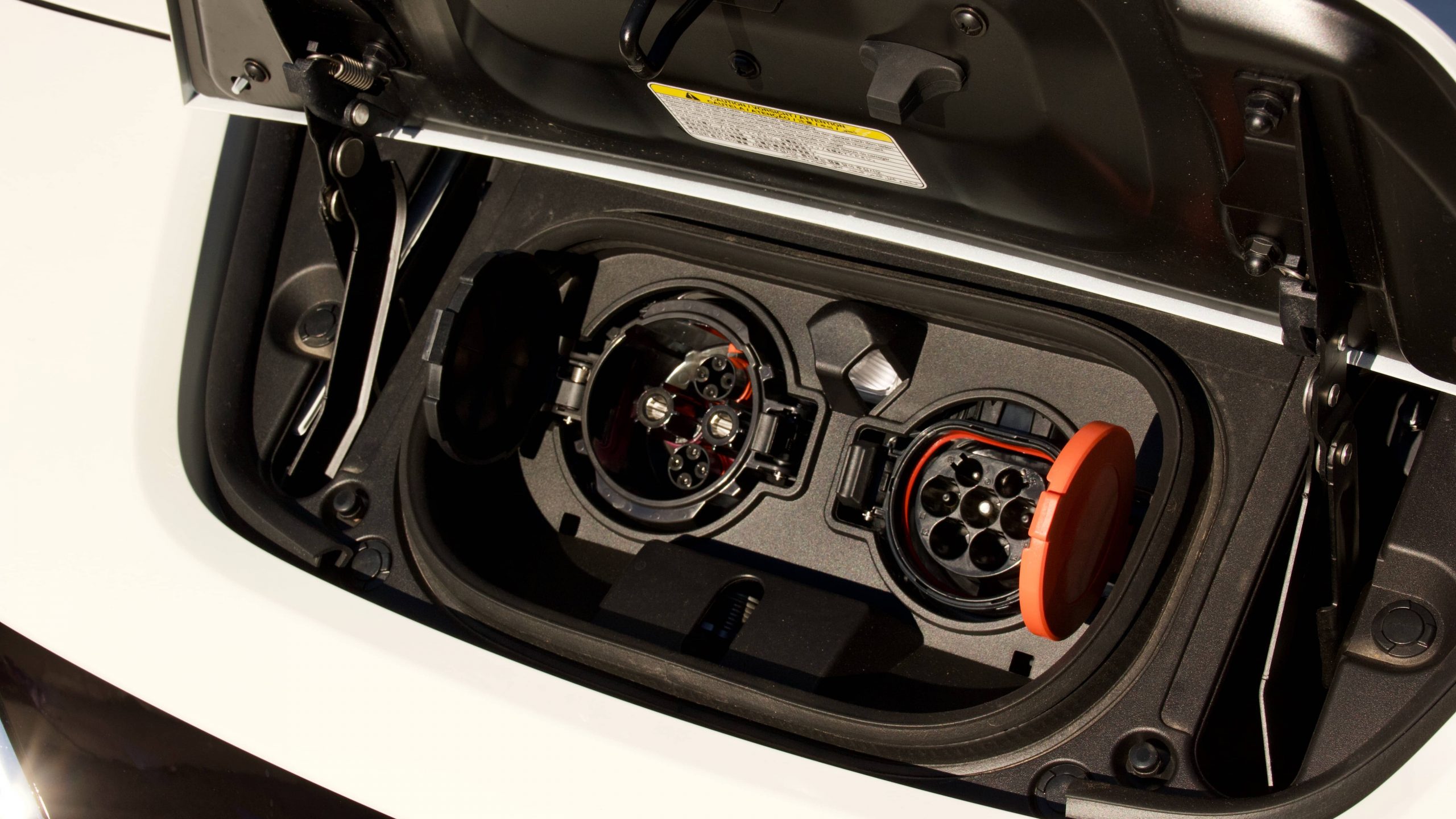
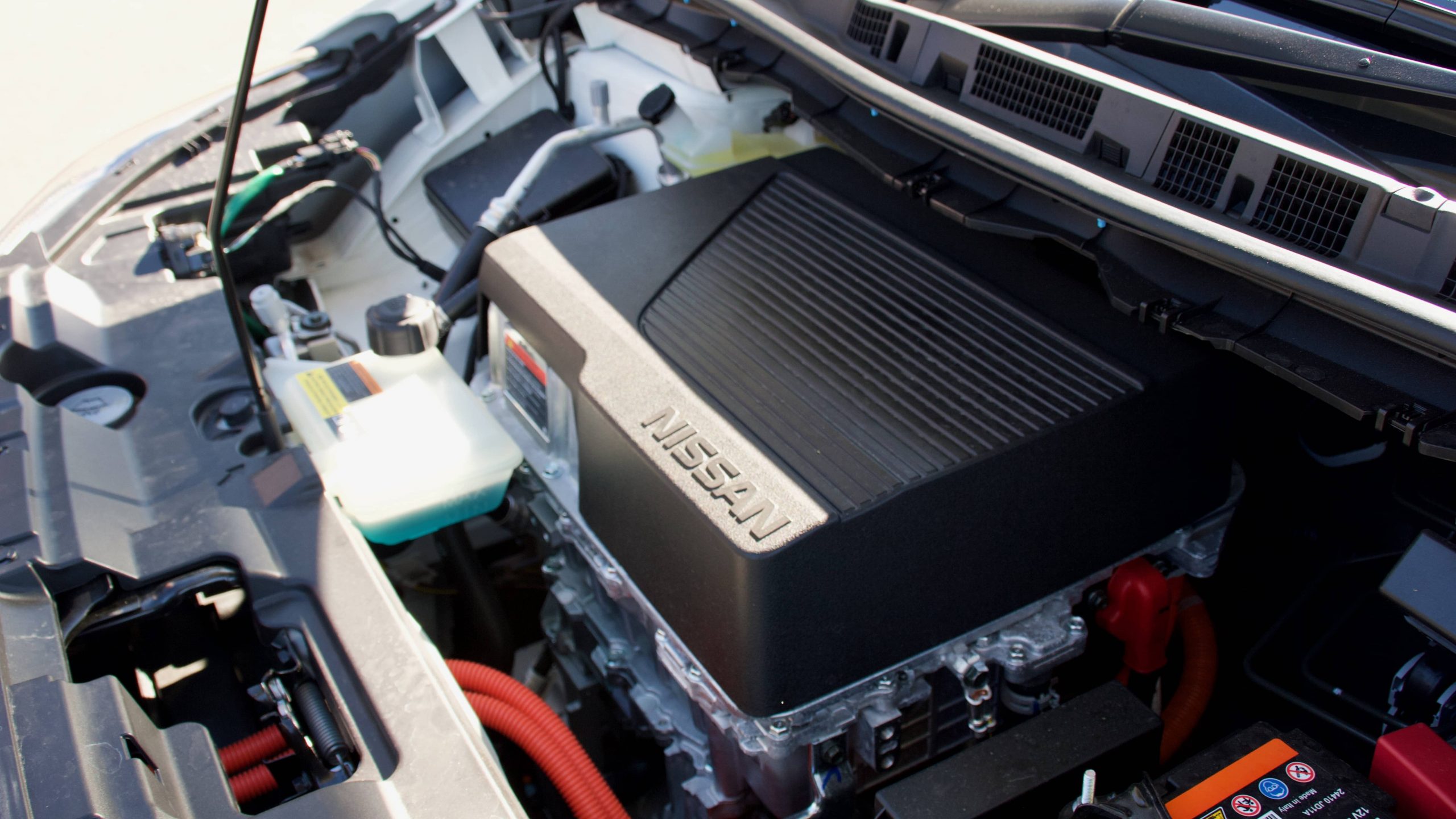
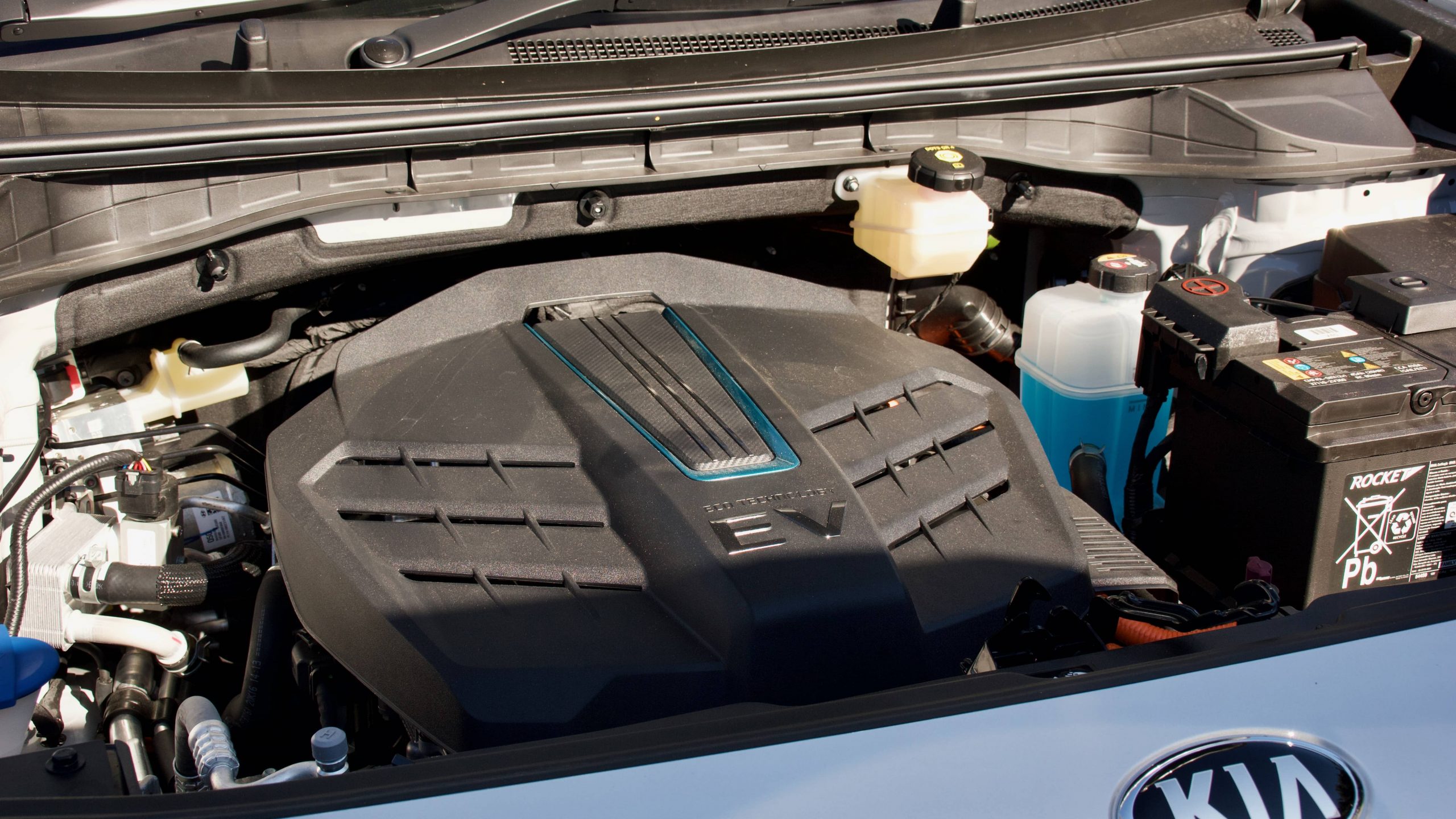
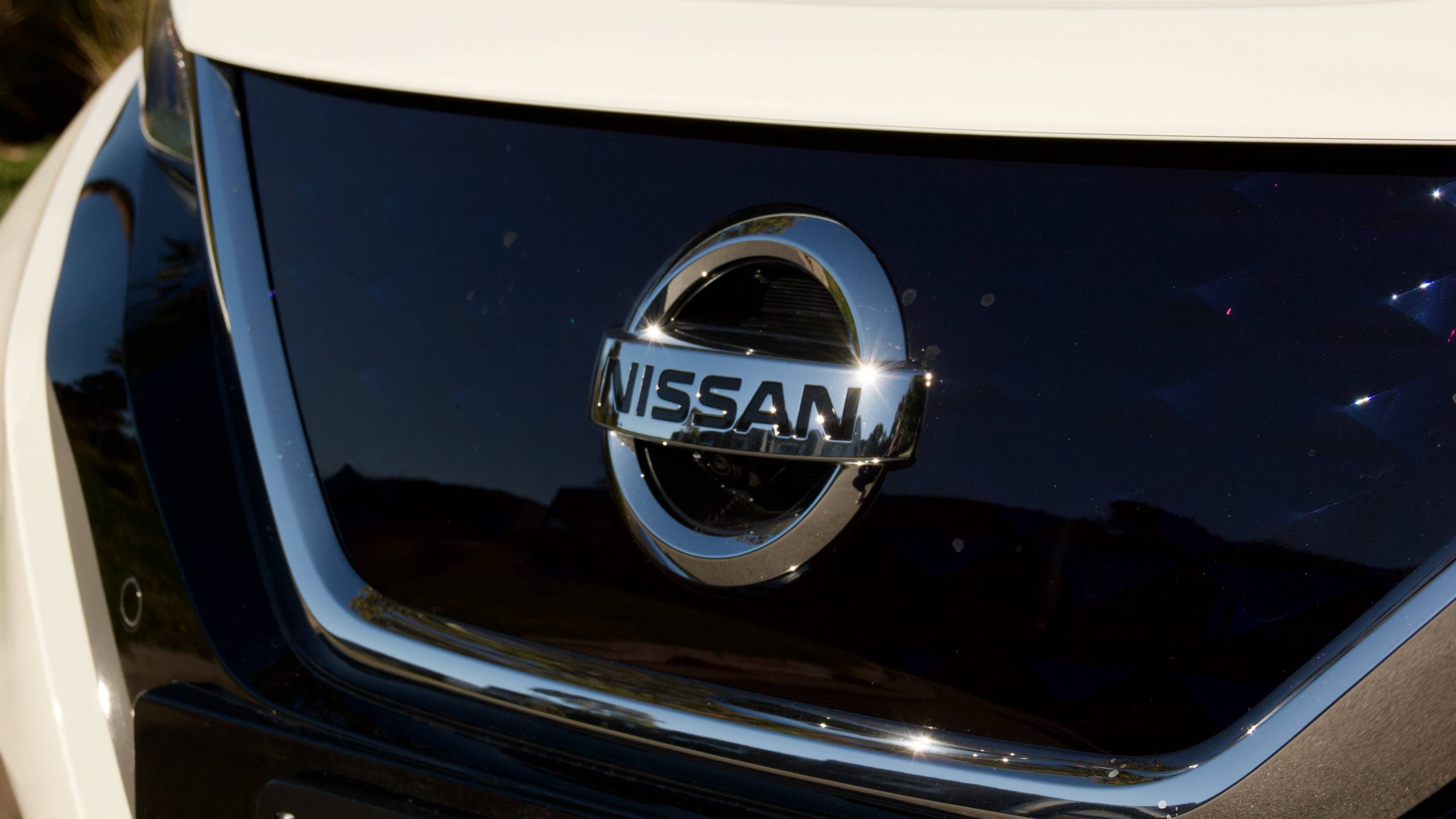
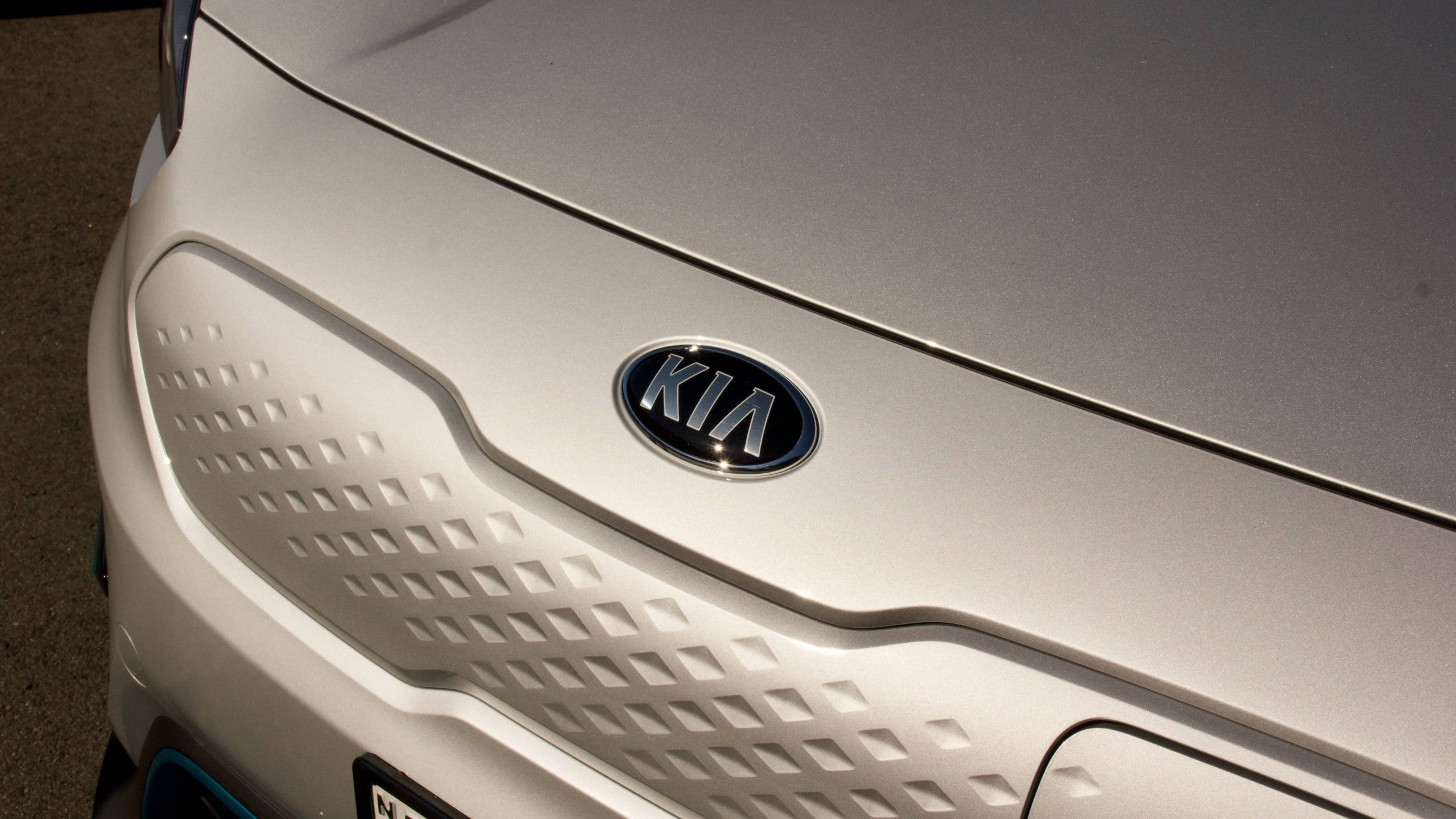
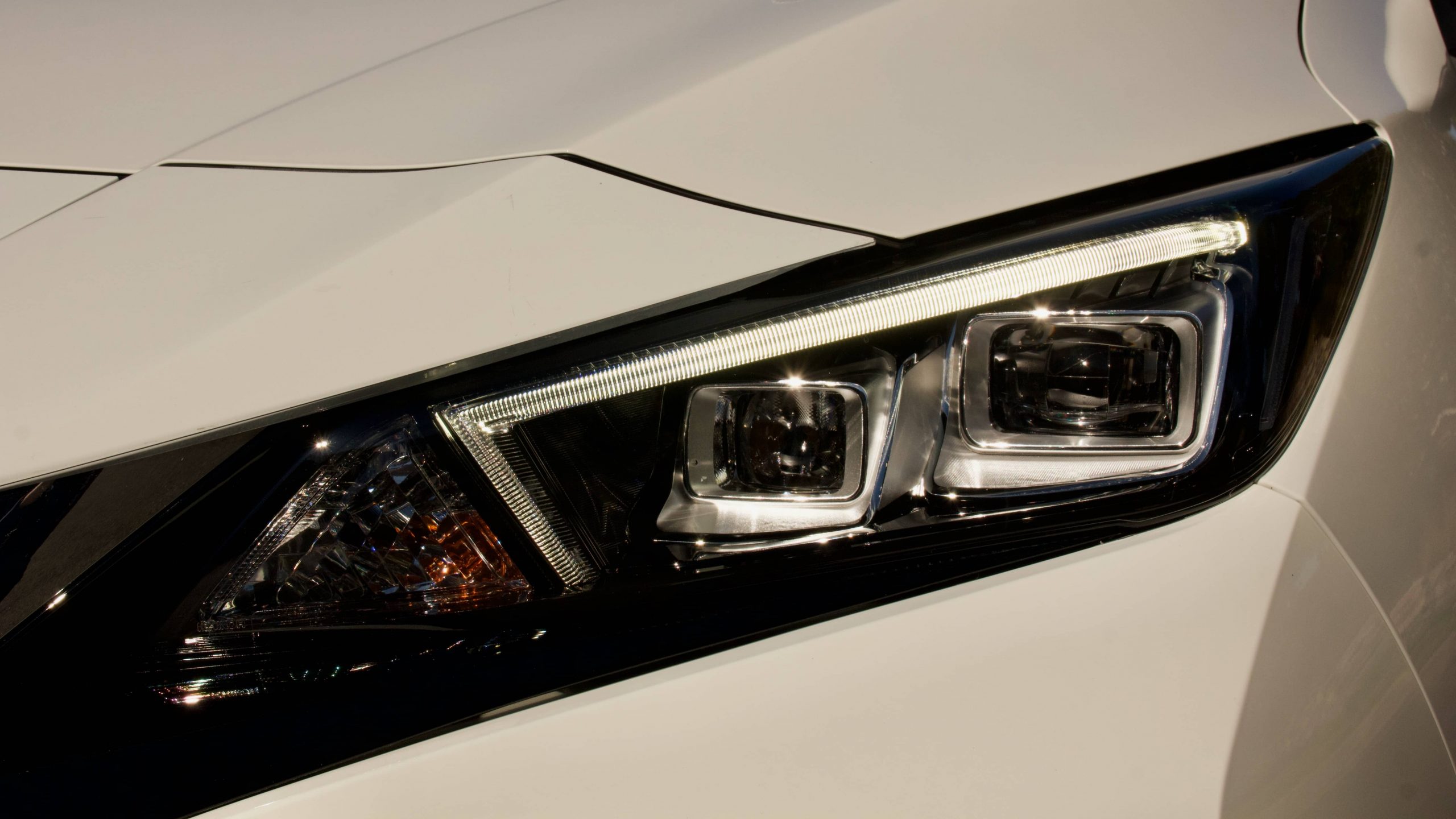
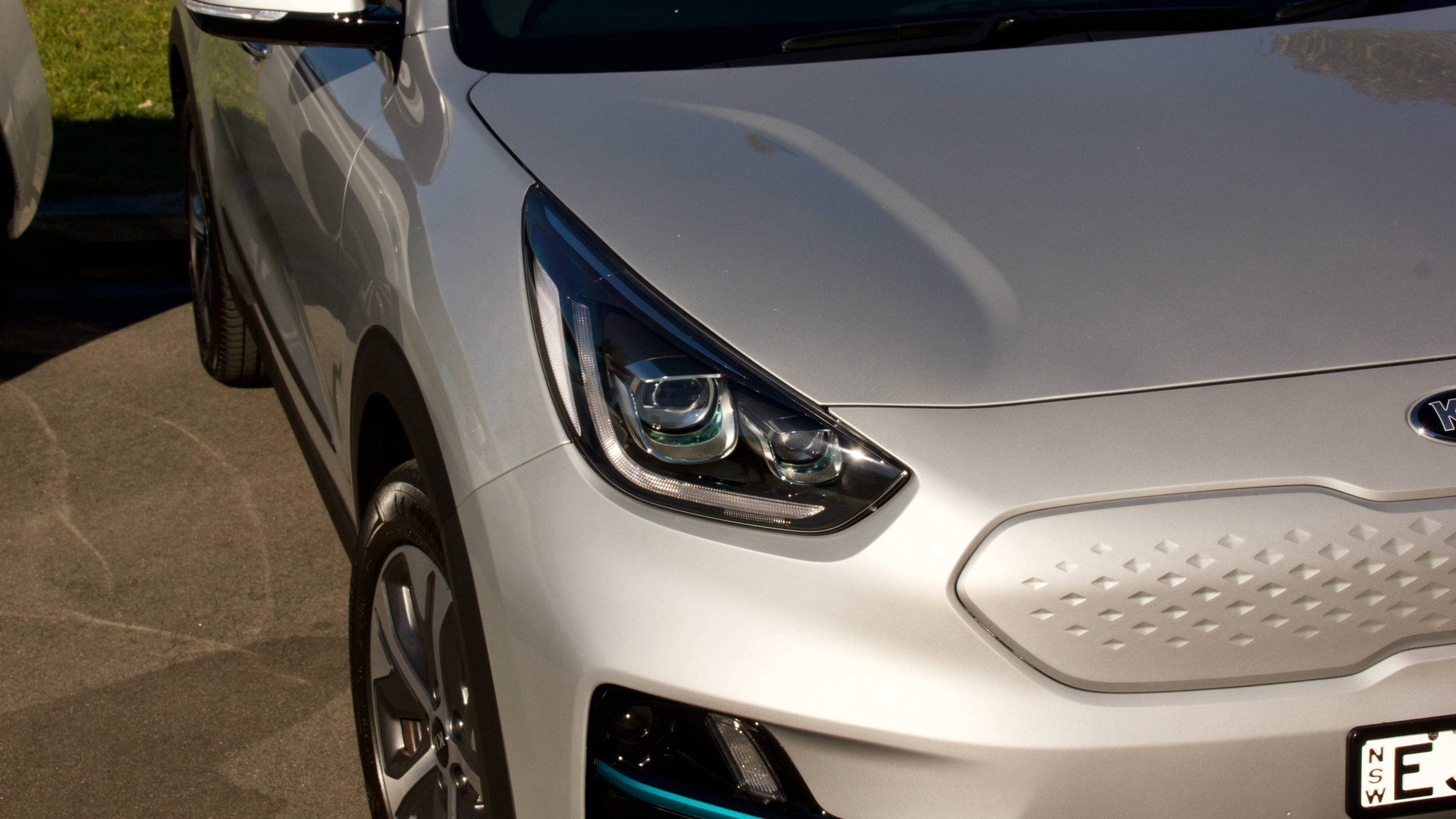
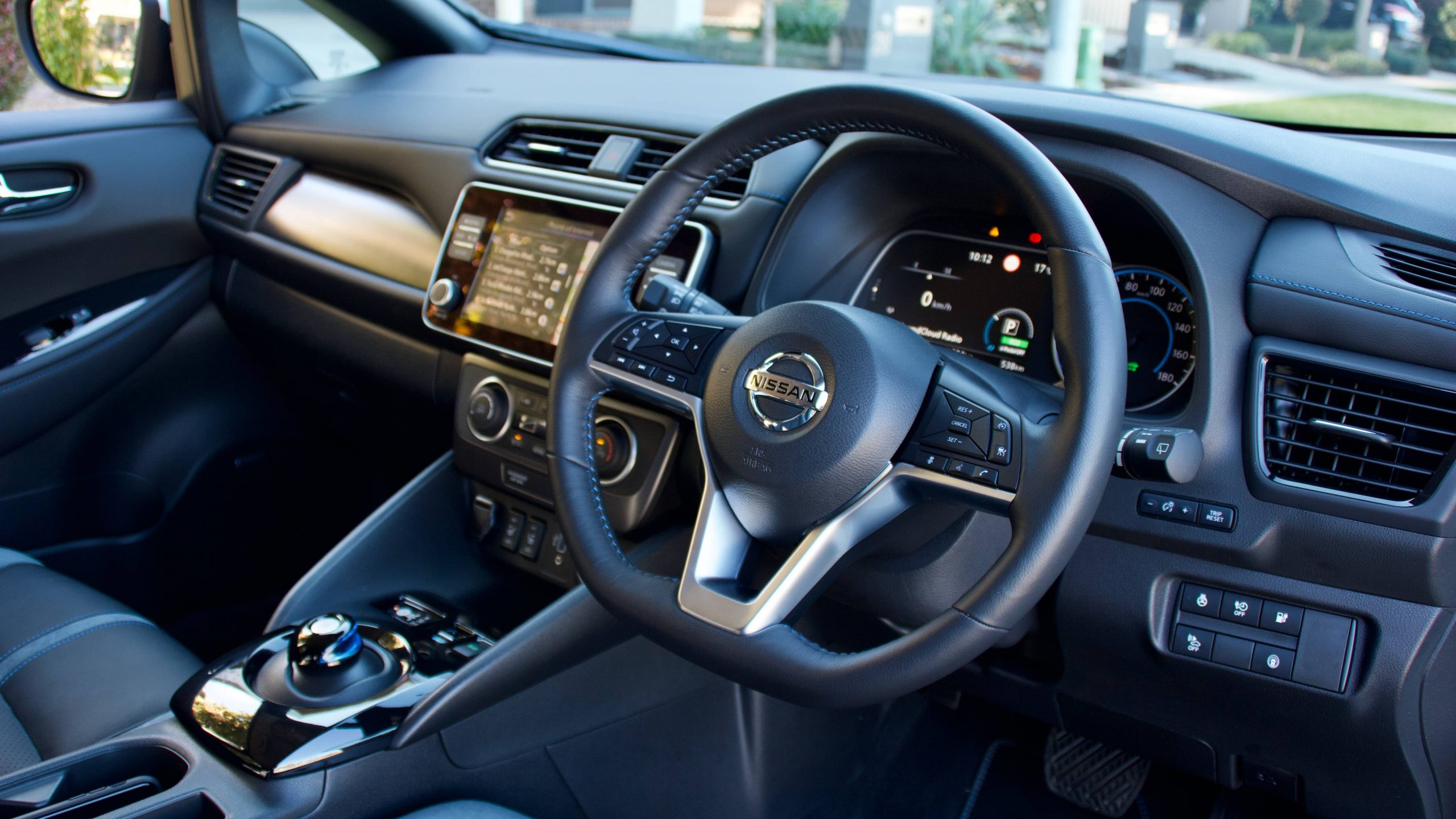

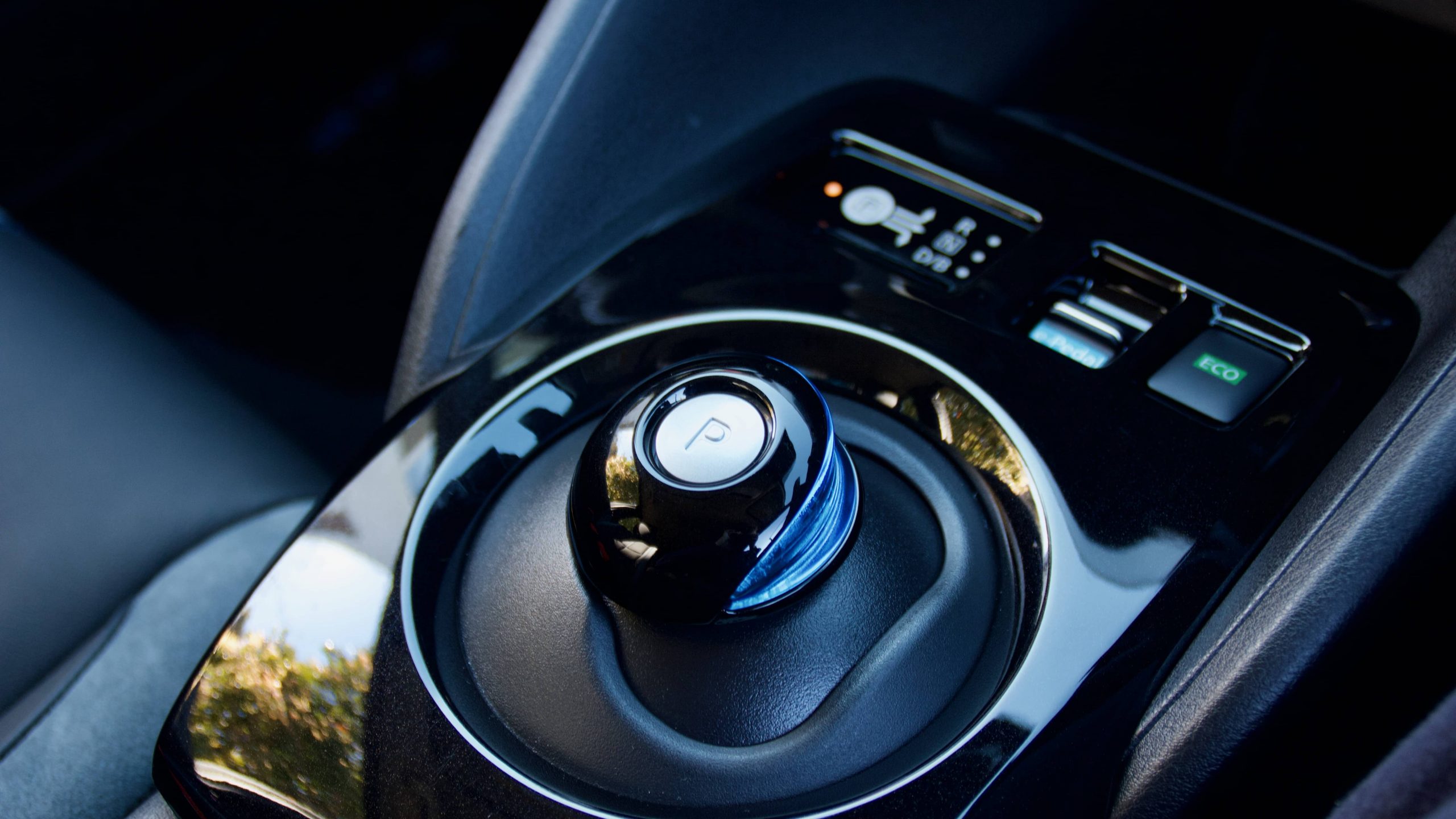
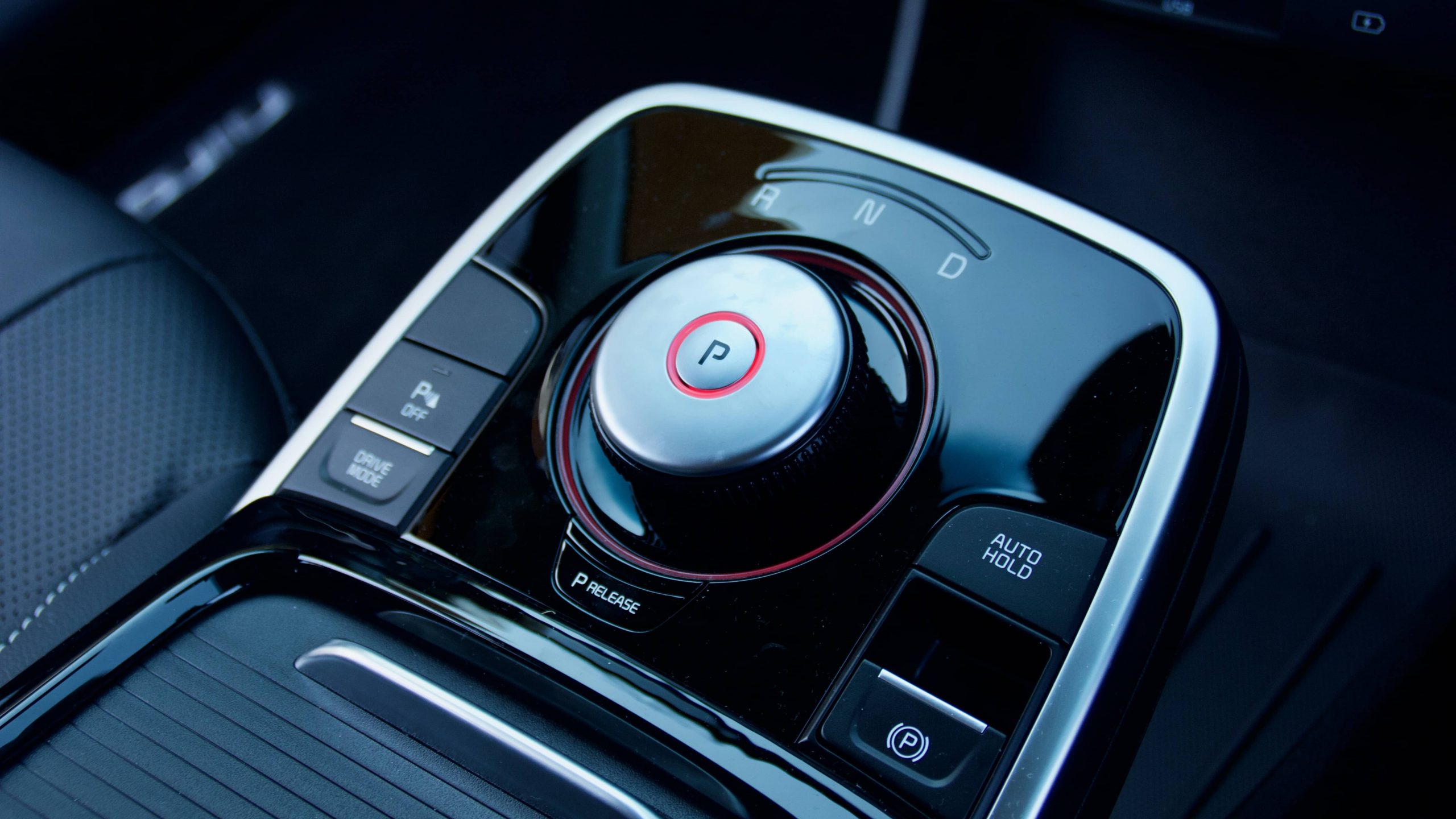
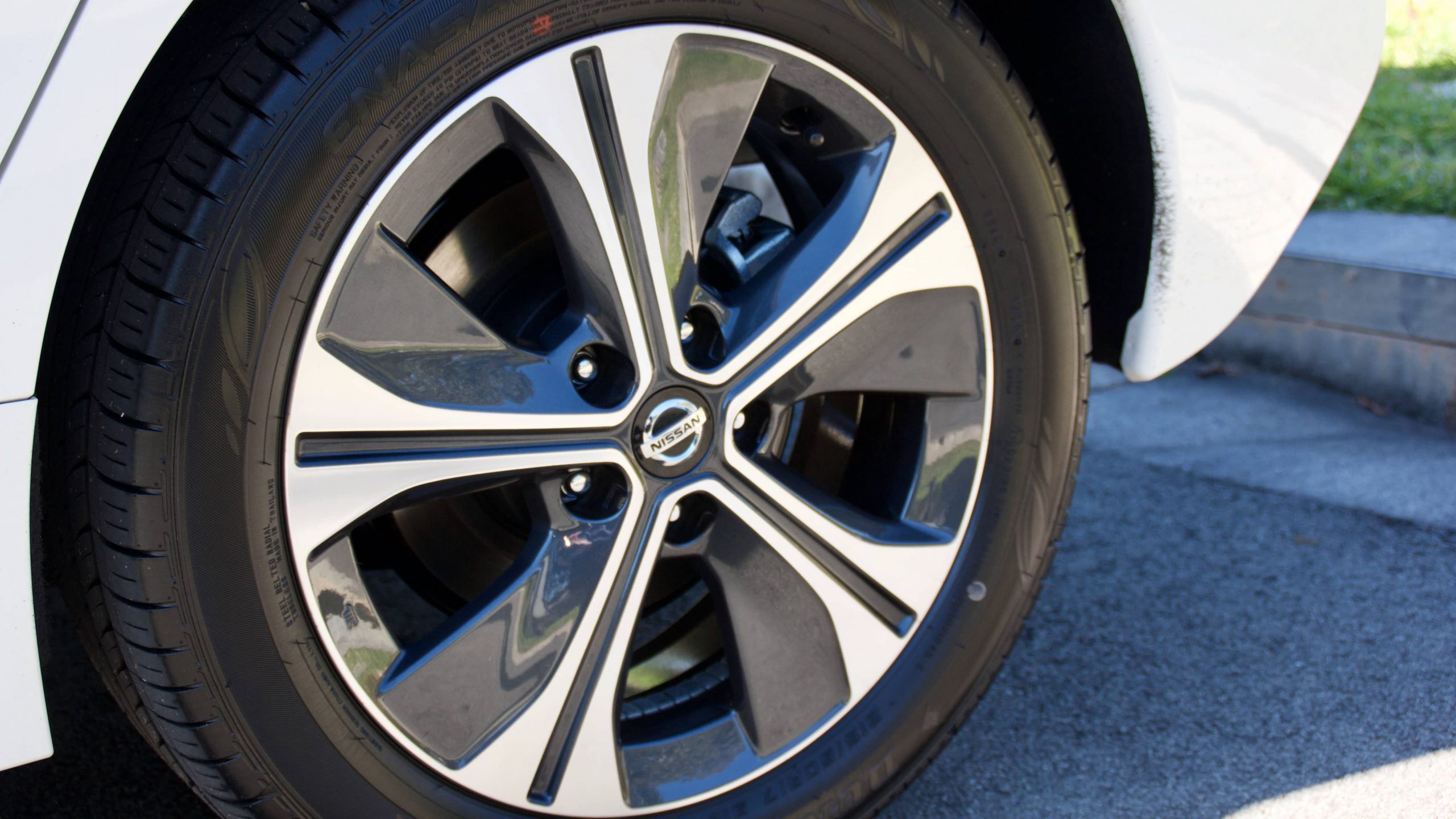
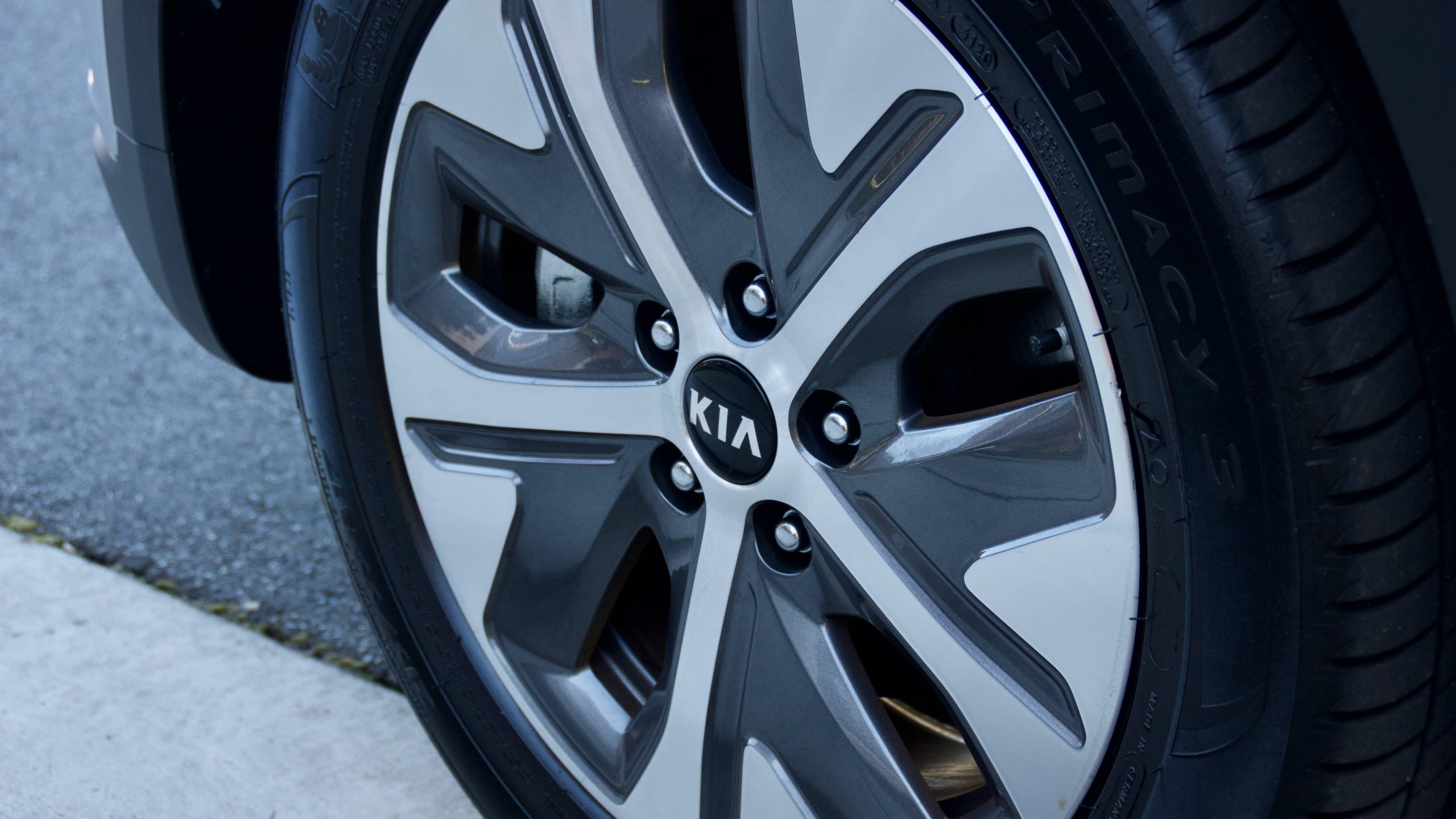
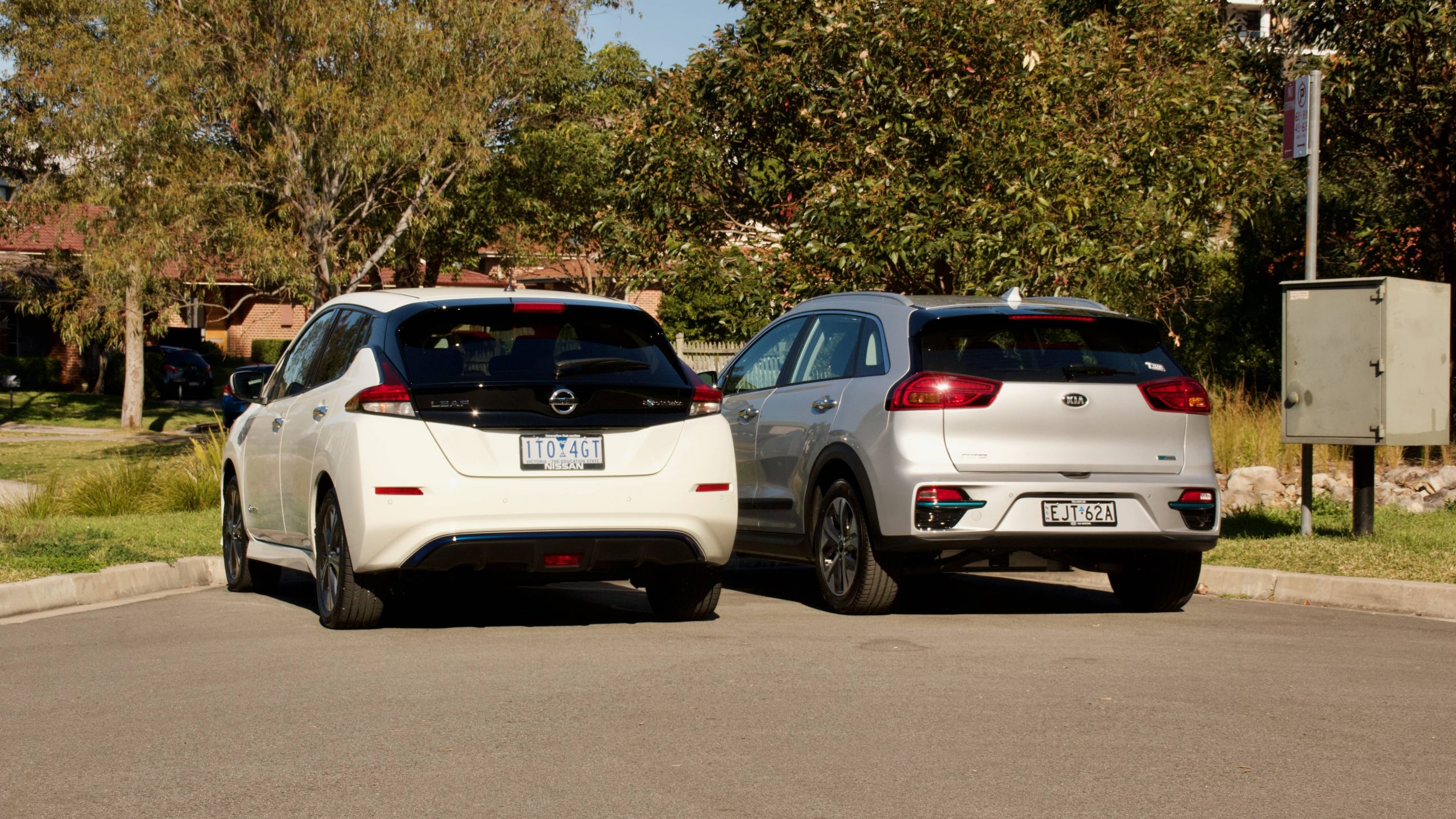
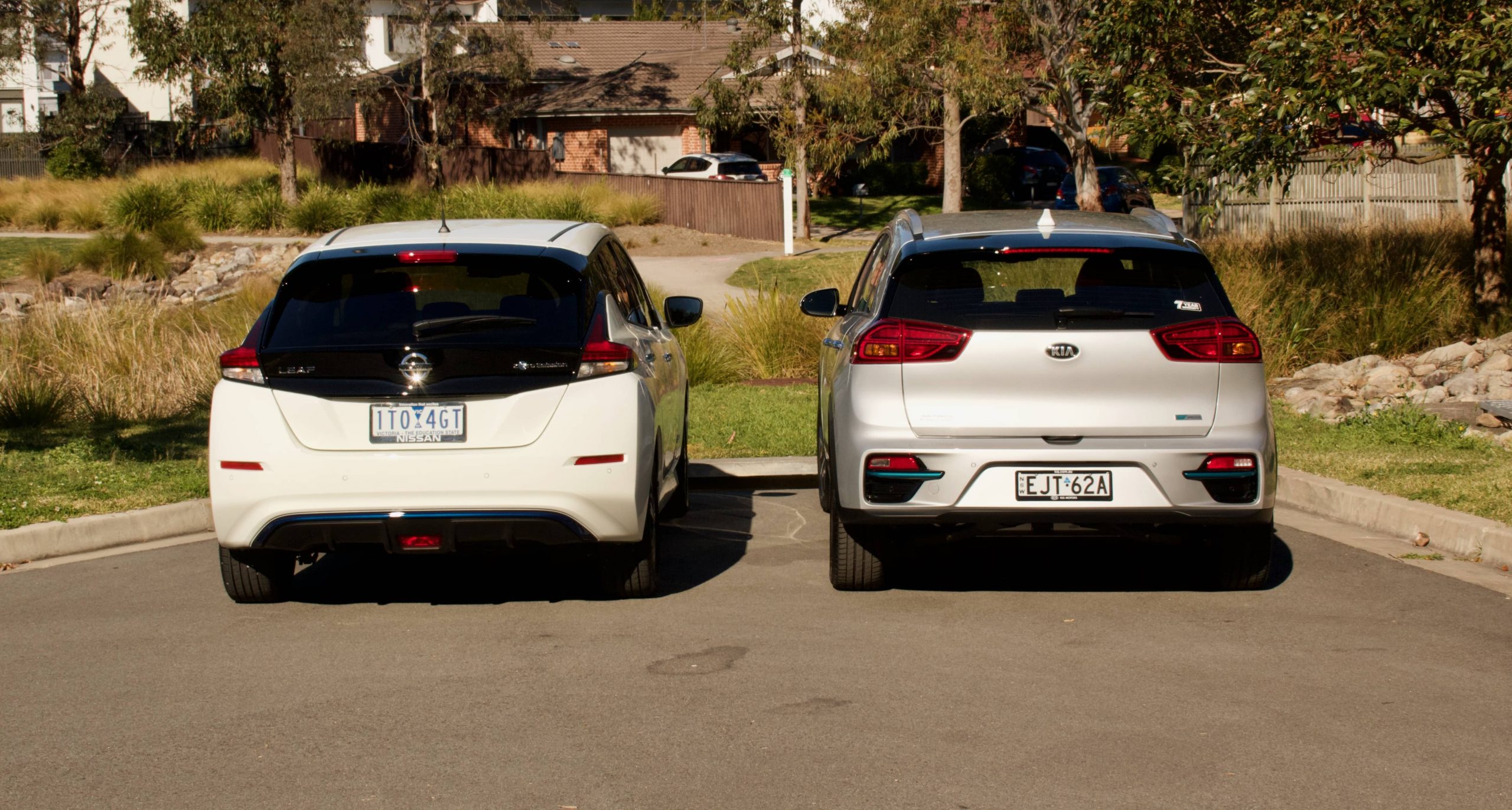
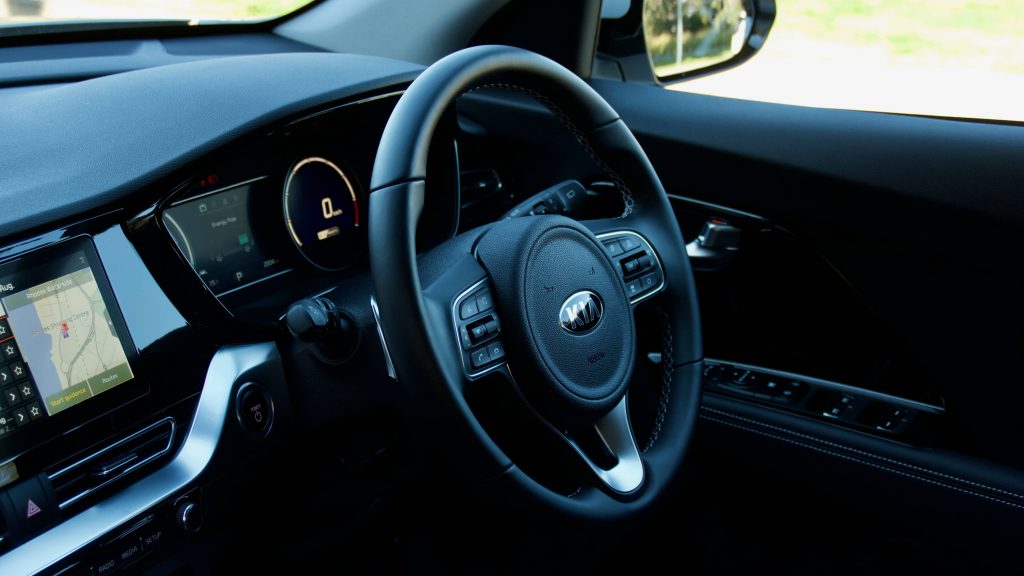

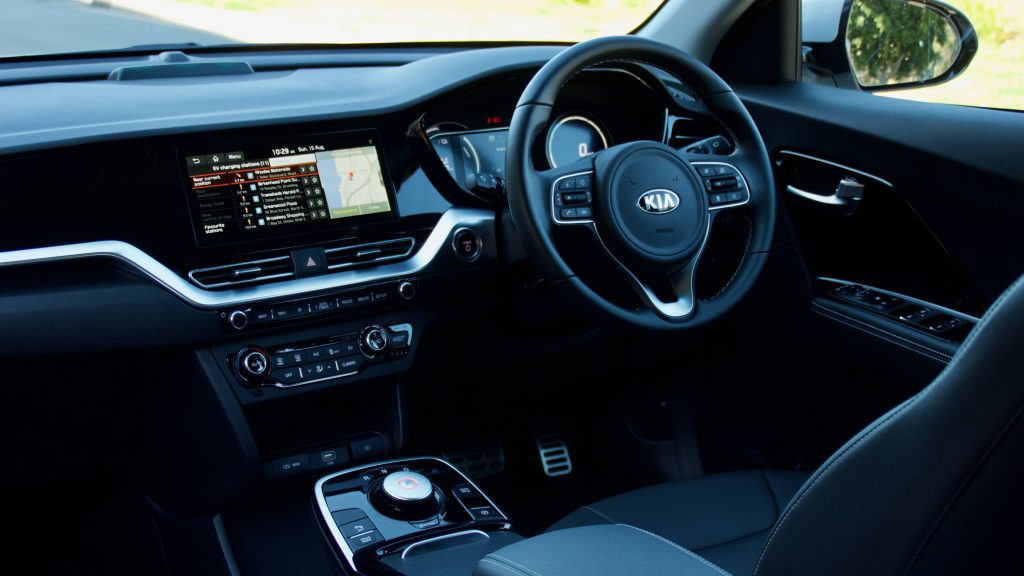
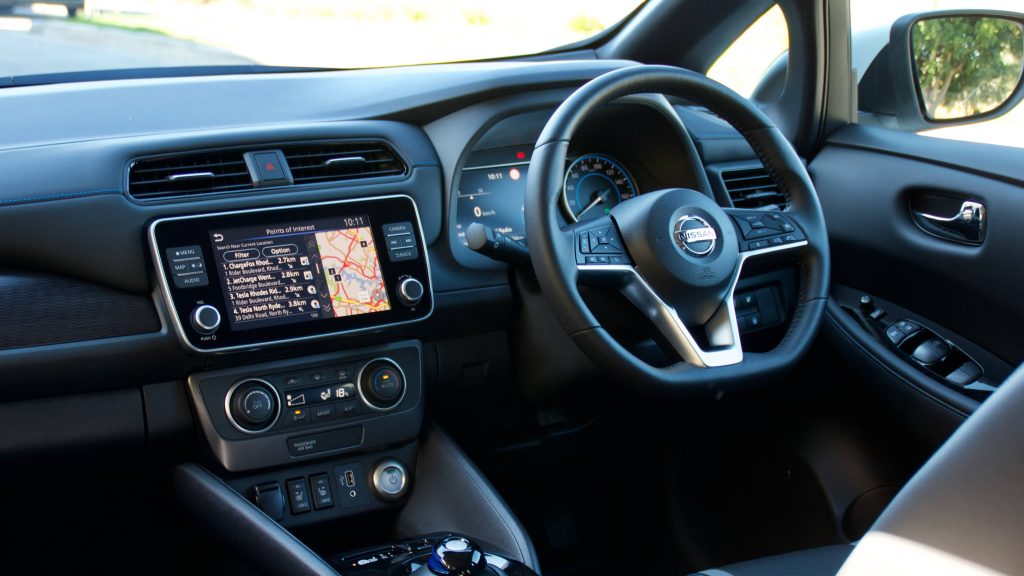
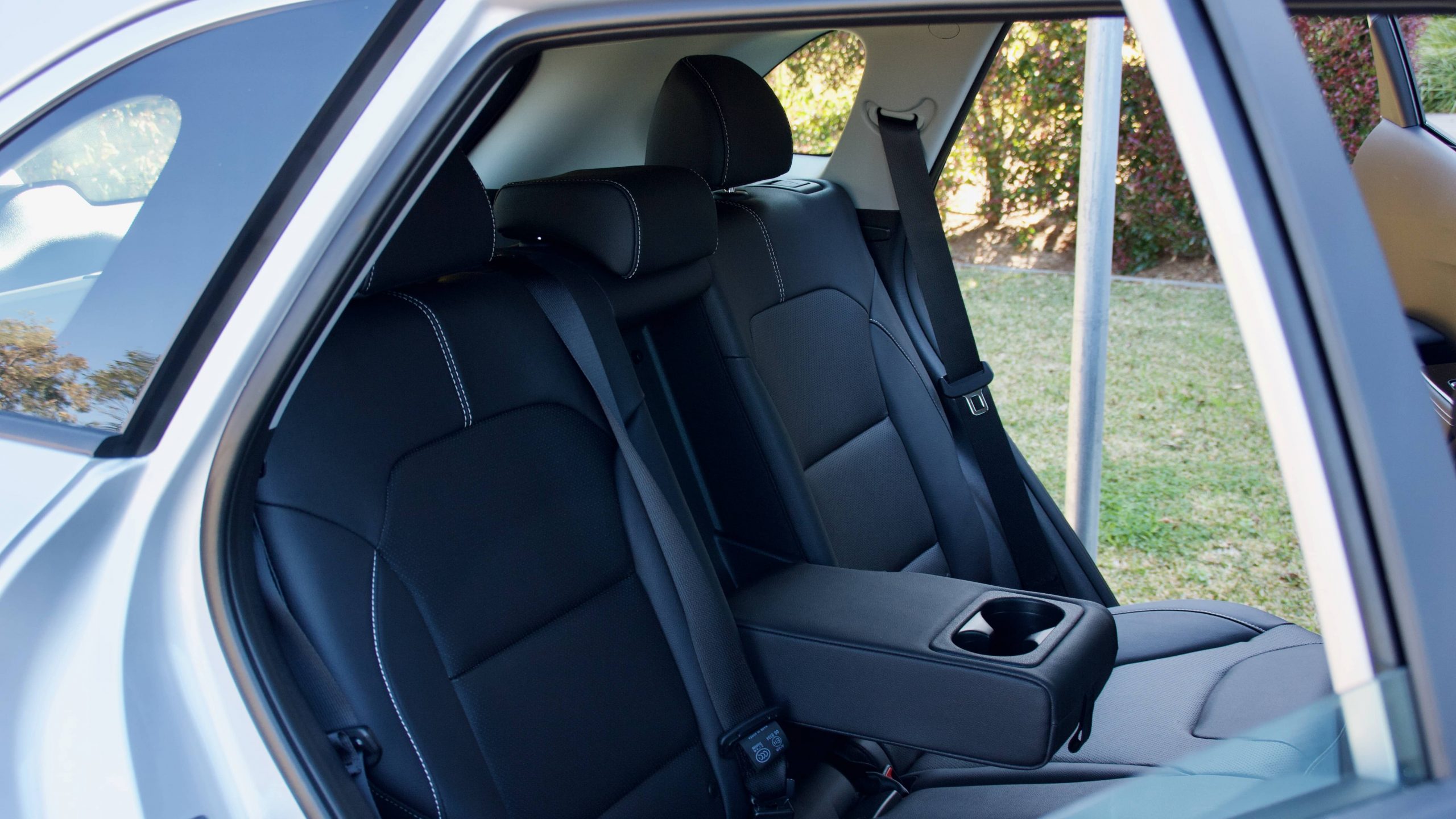
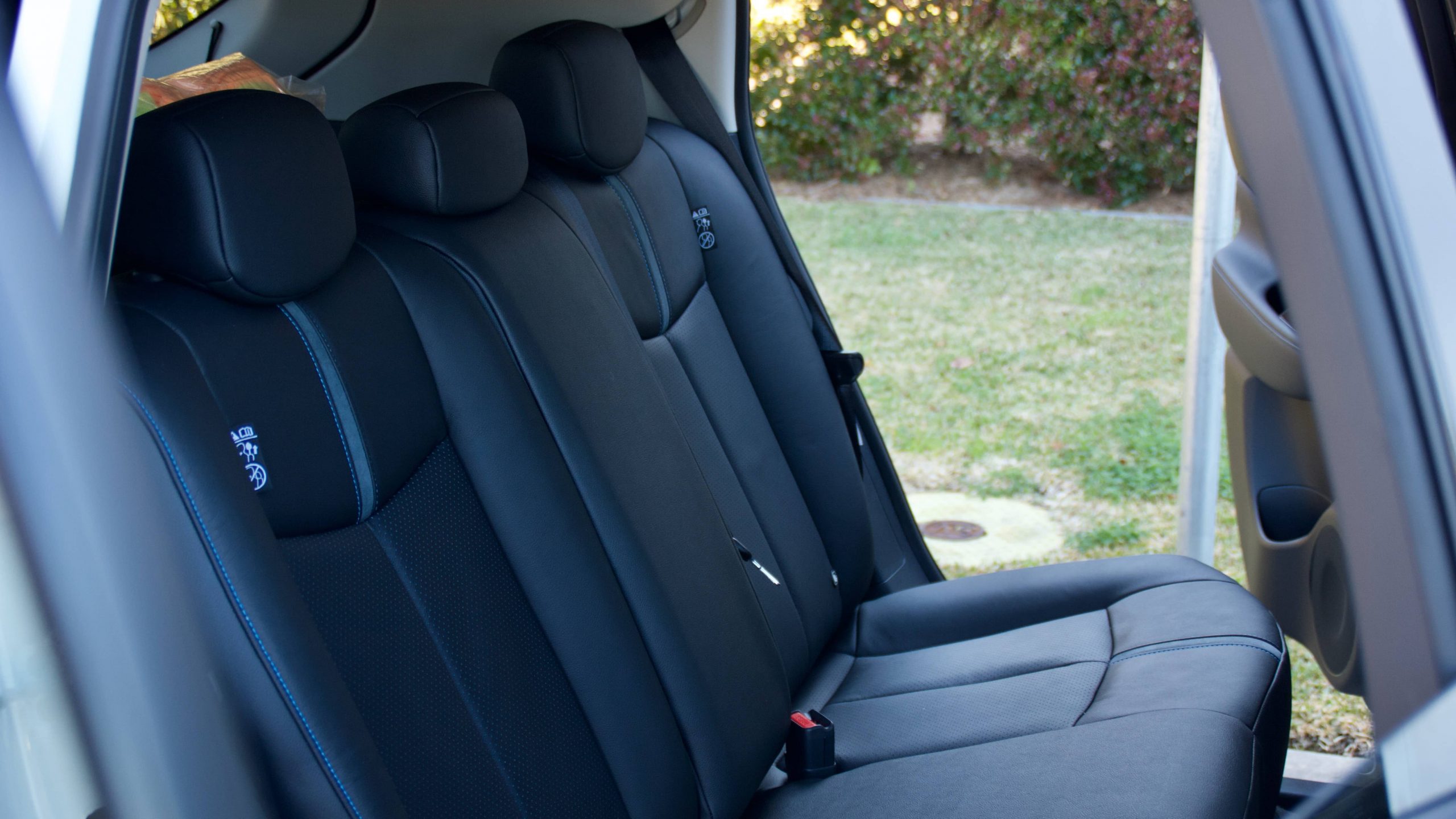
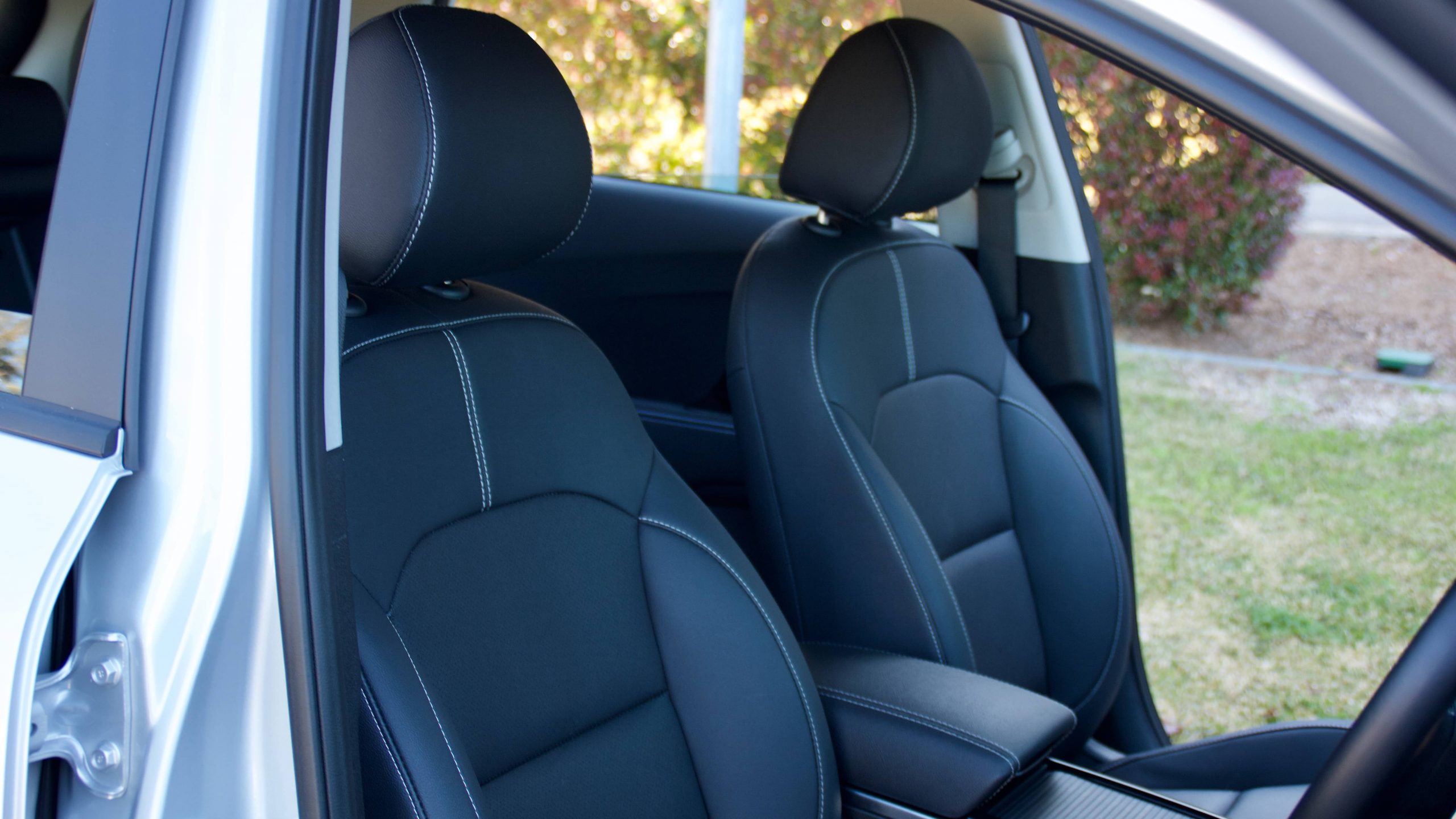
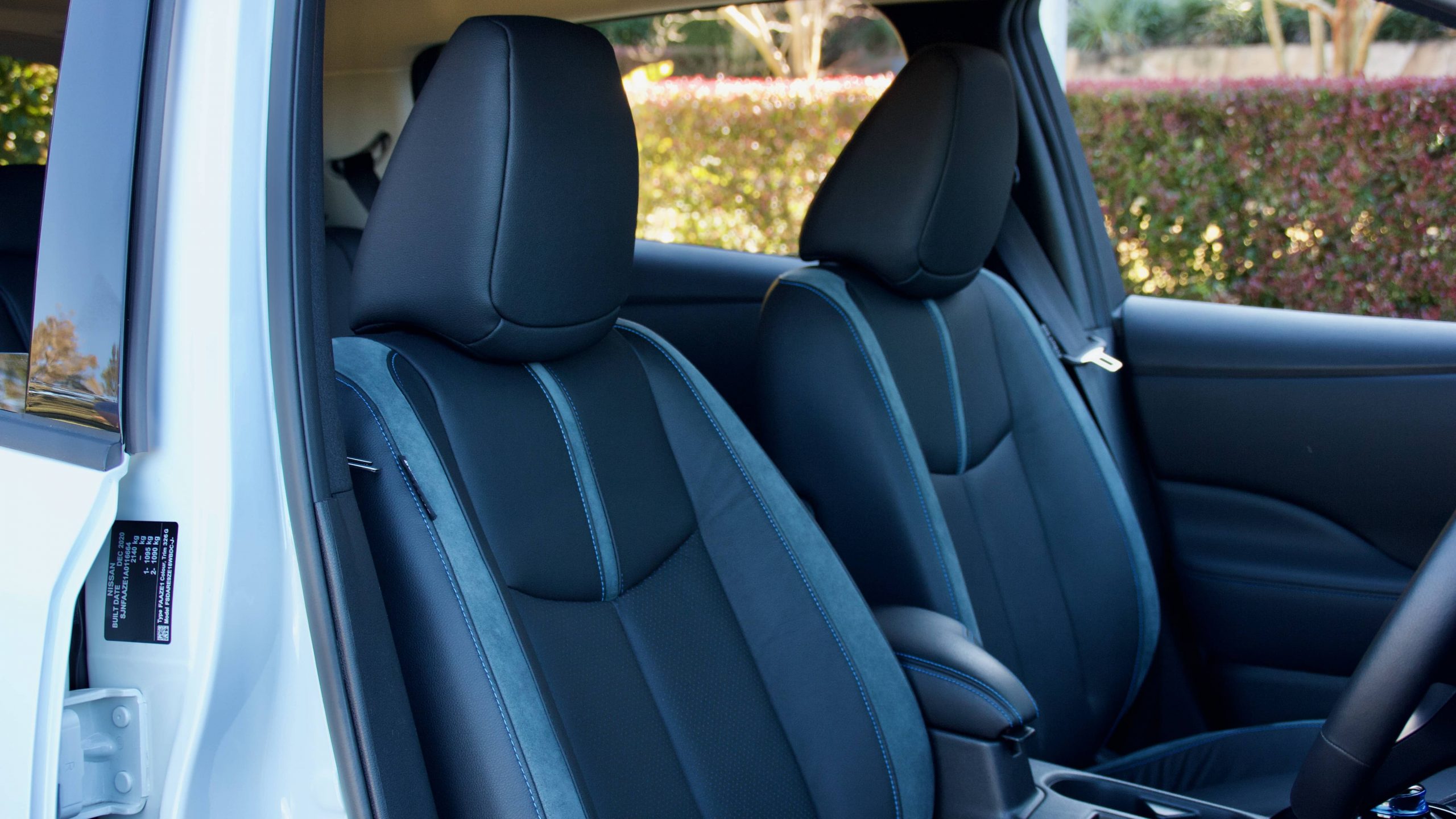
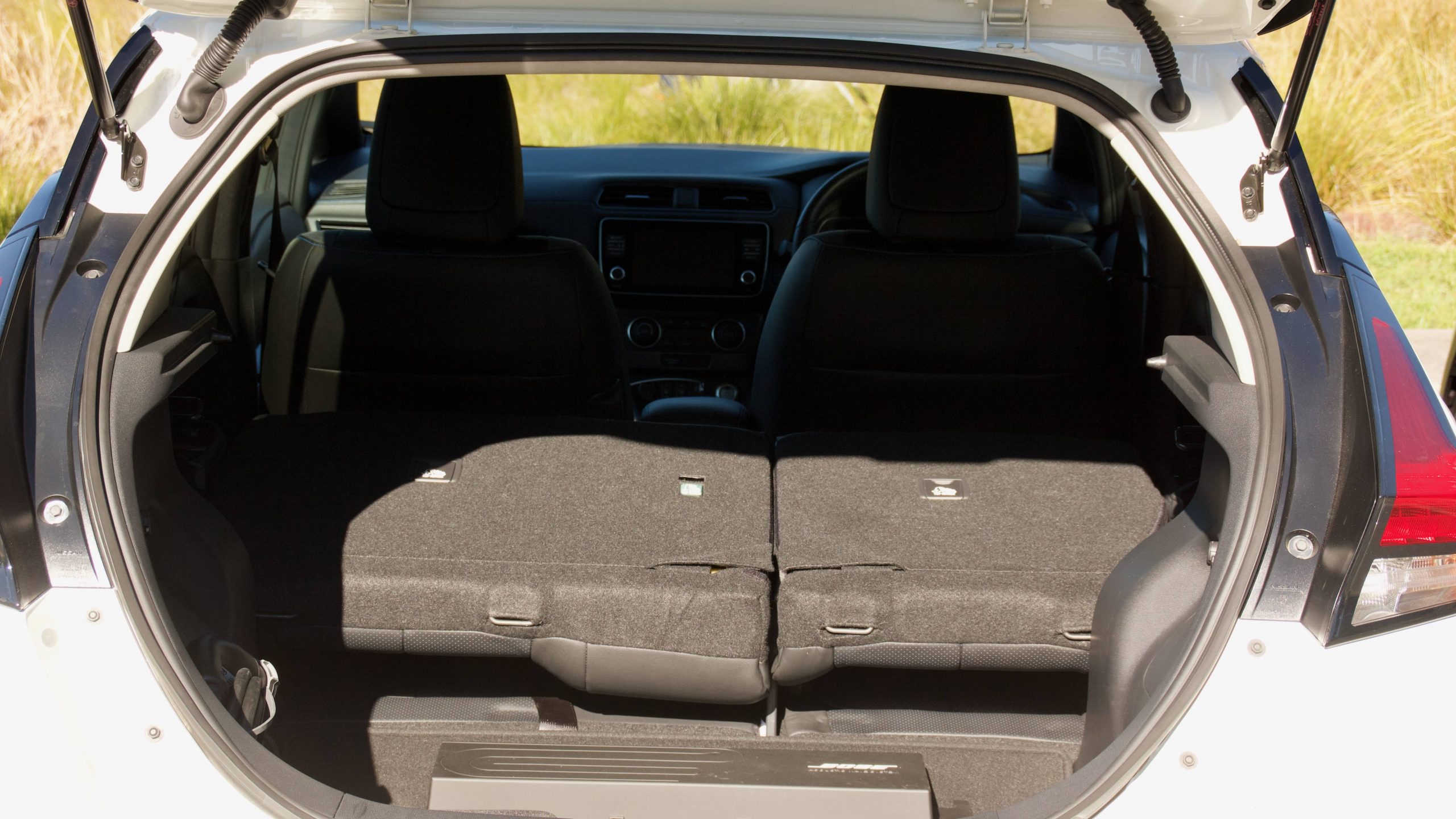
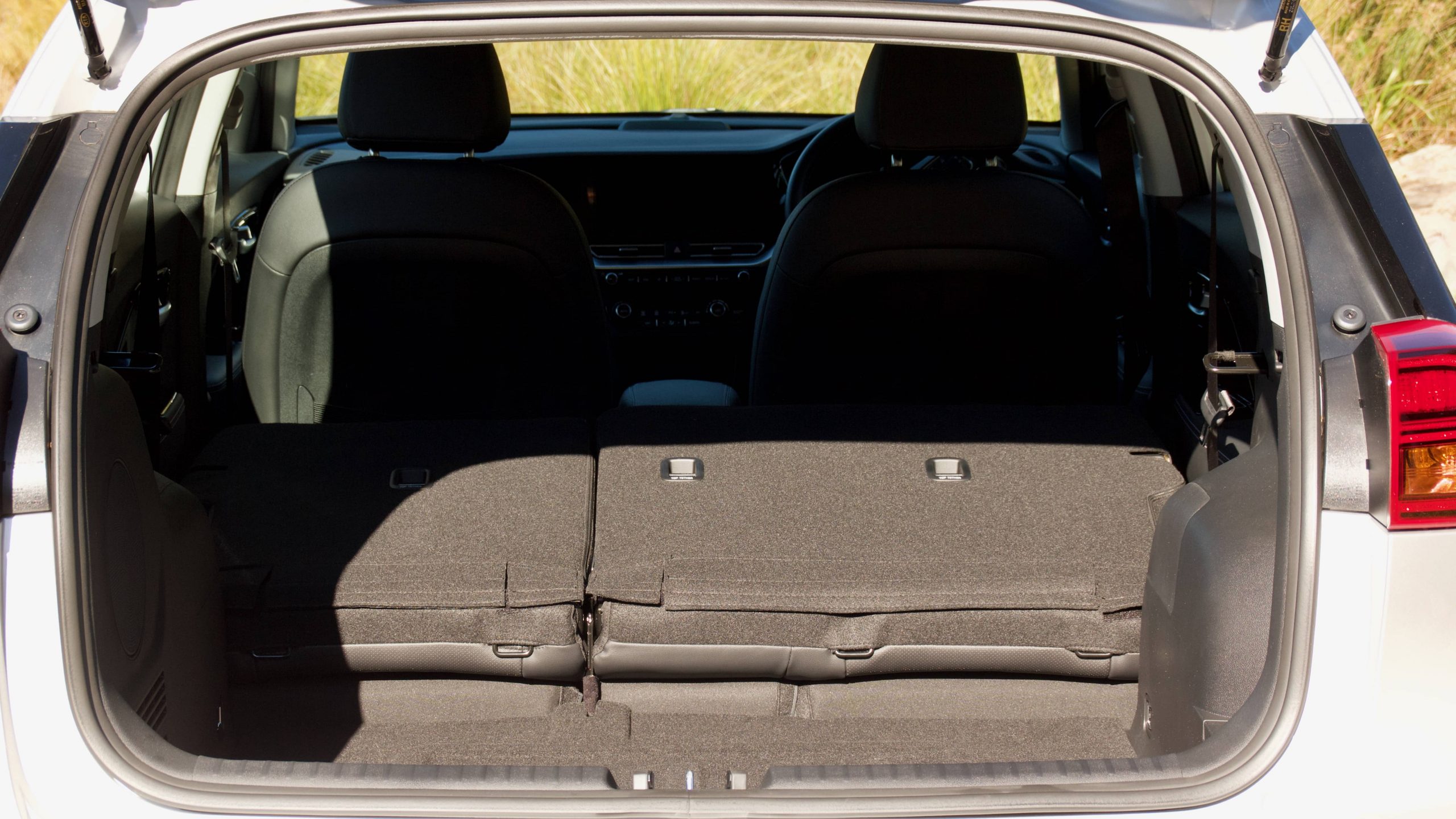
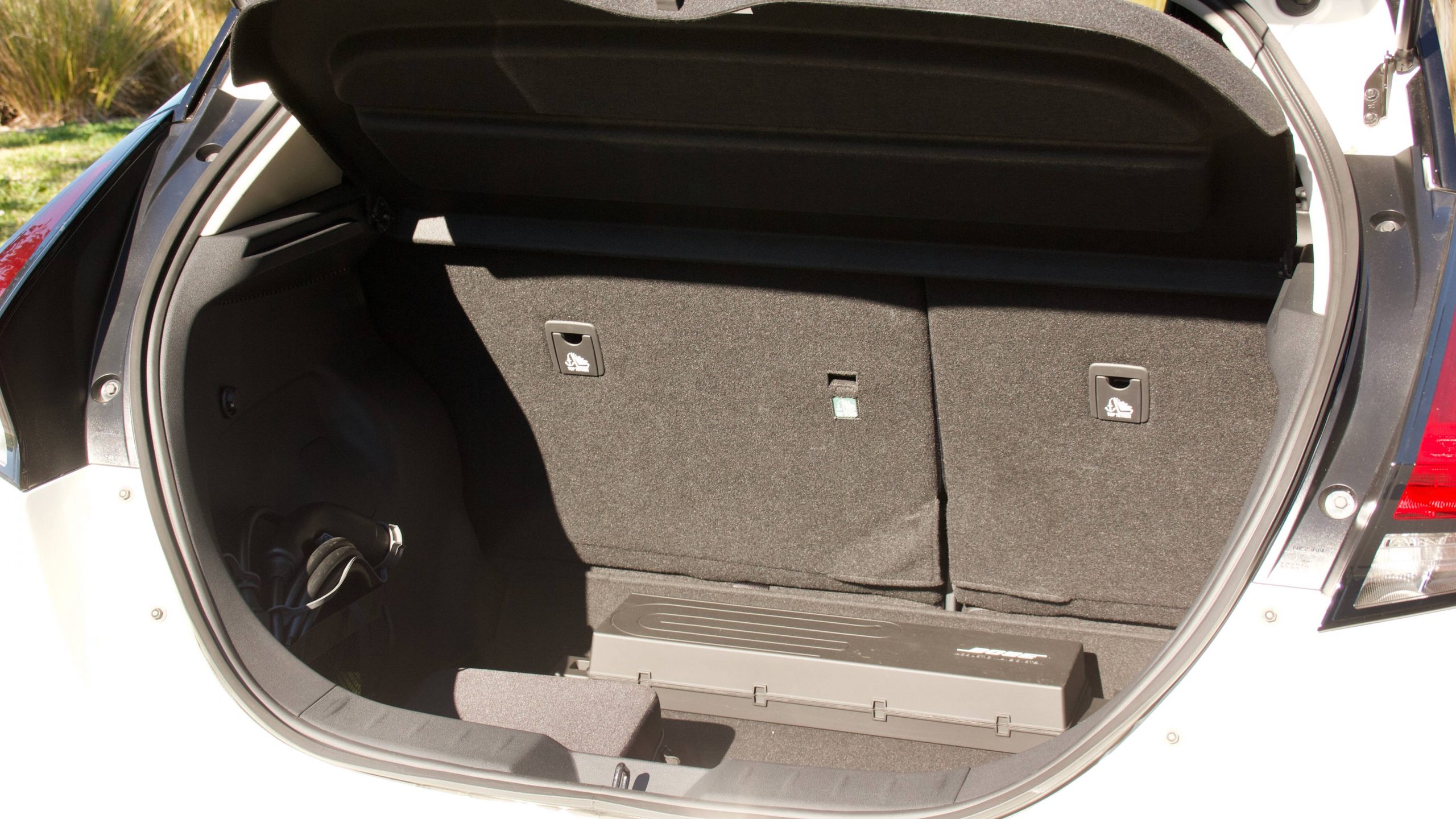
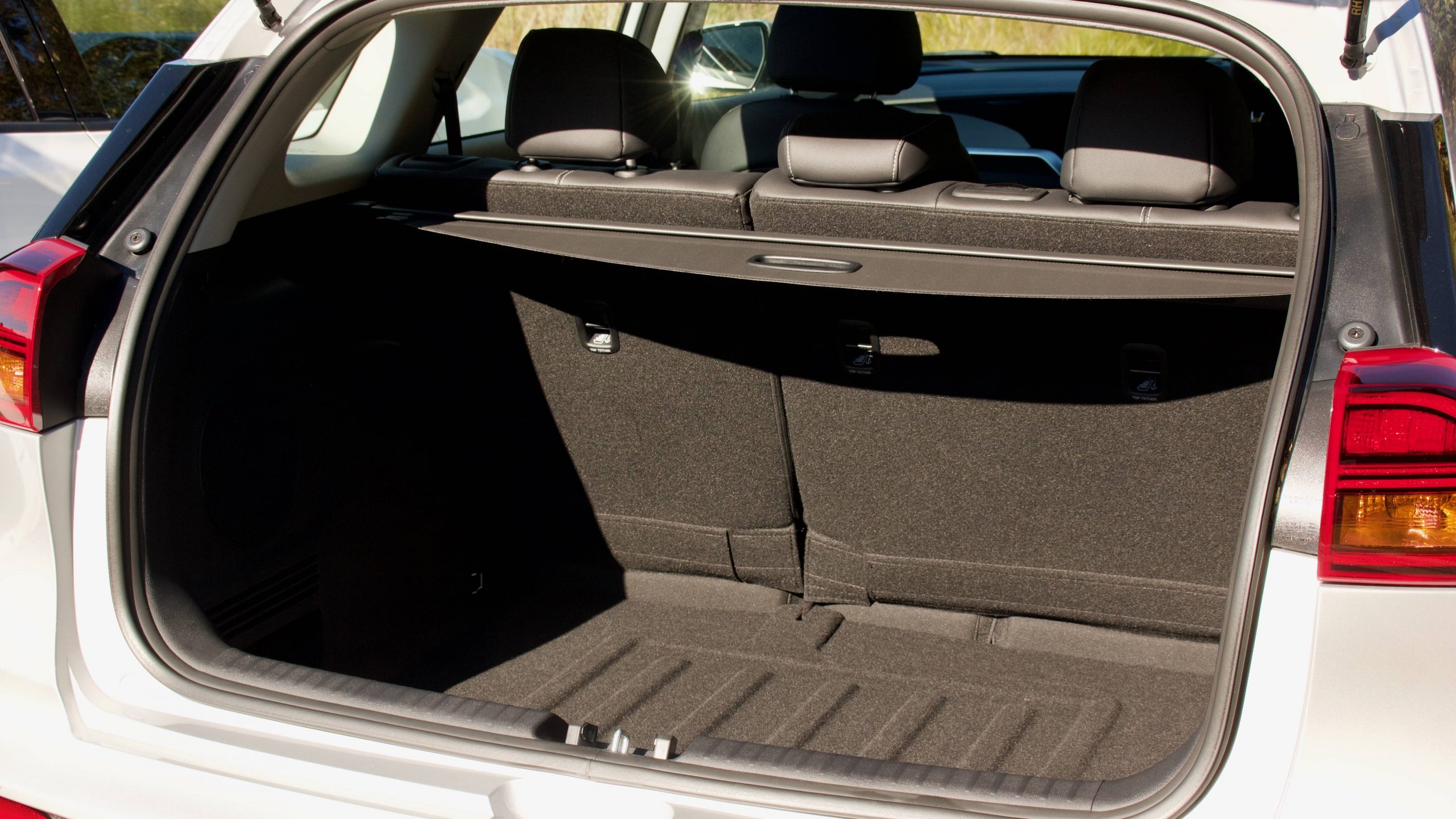
Leave a Reply